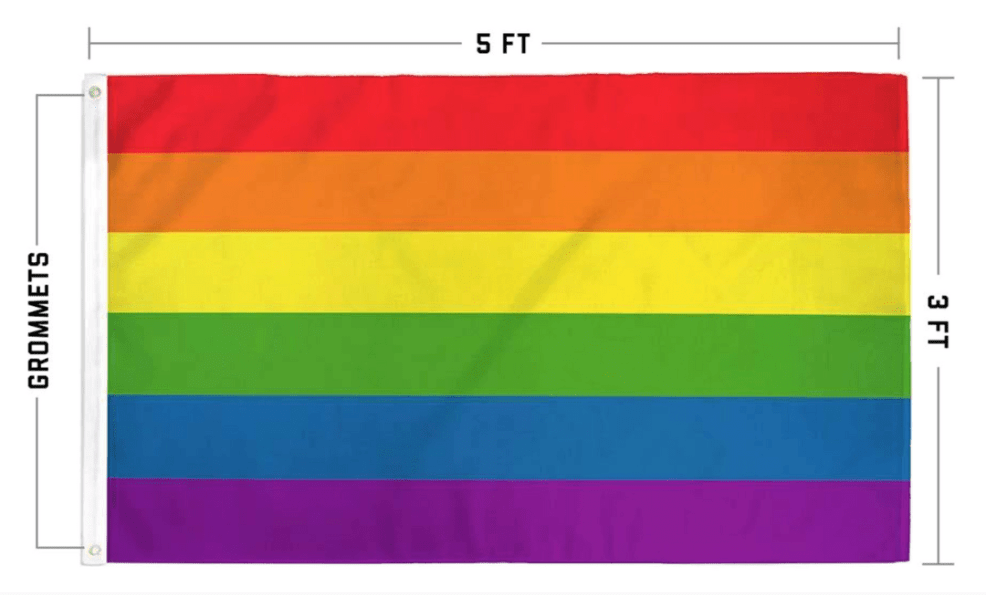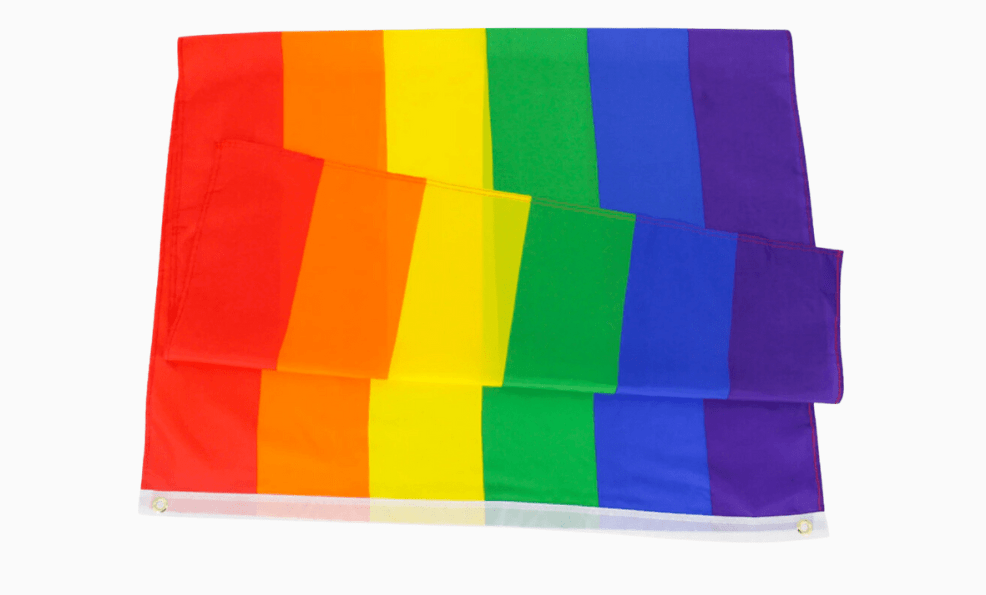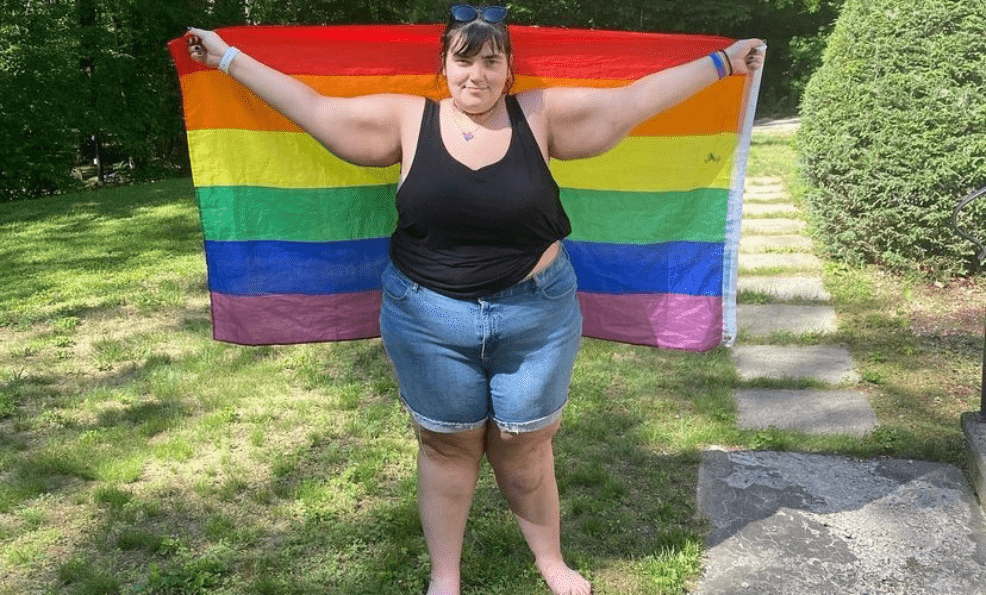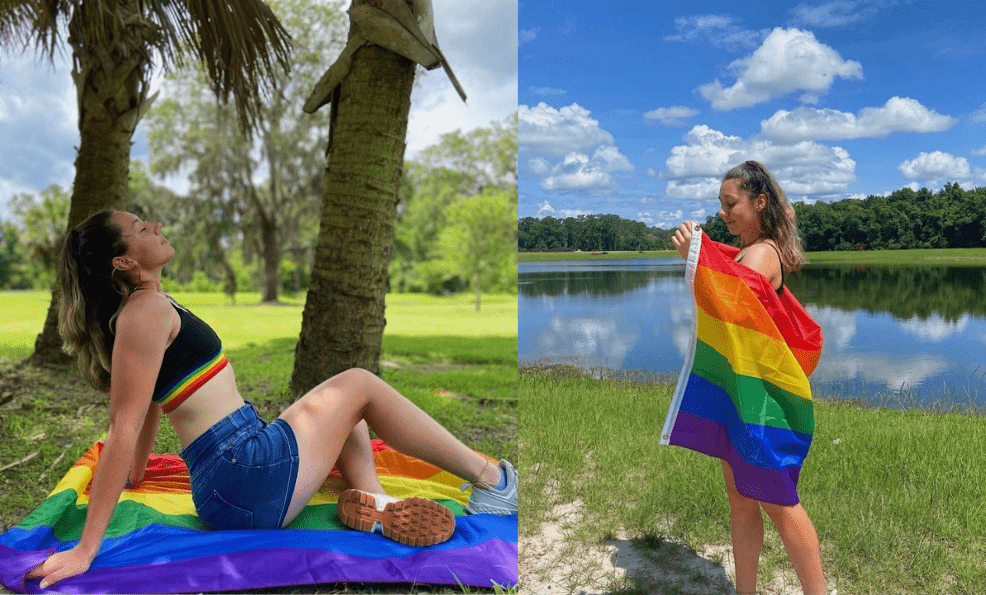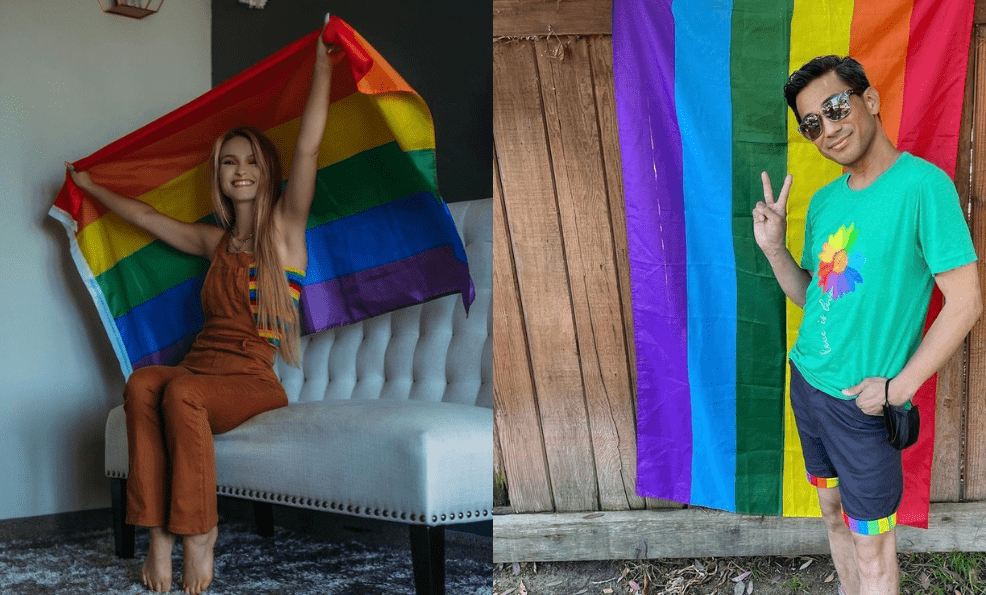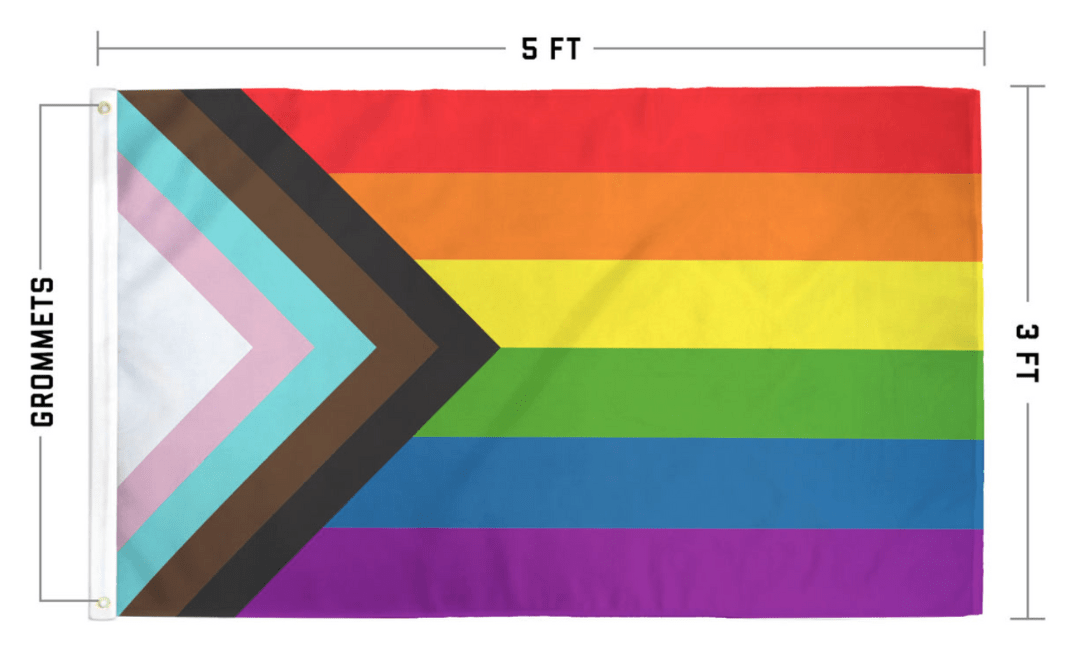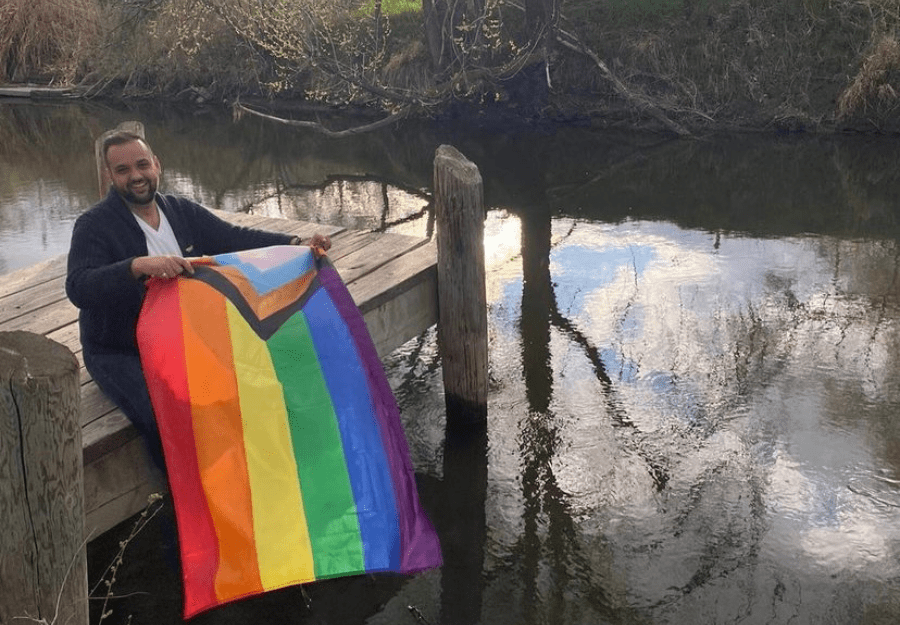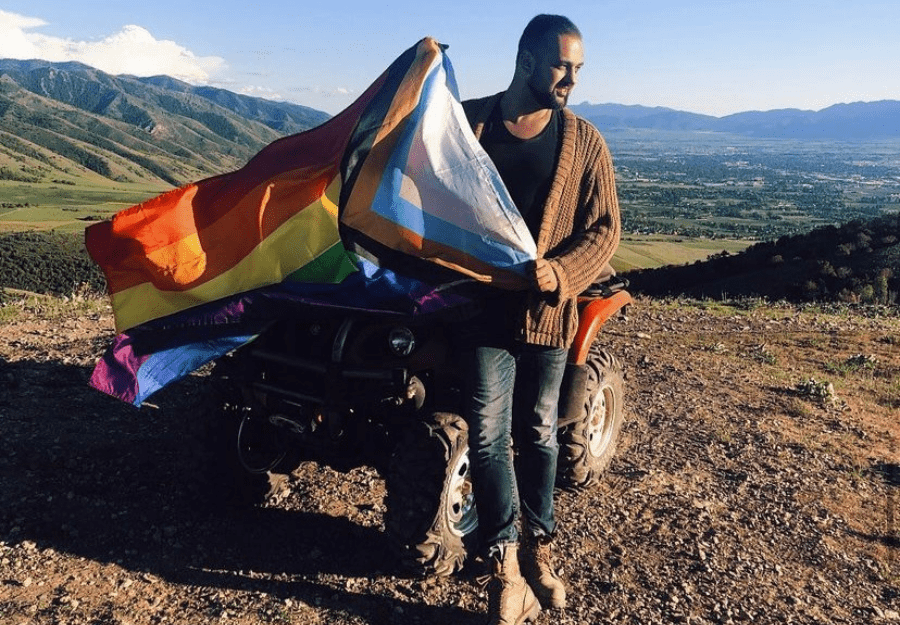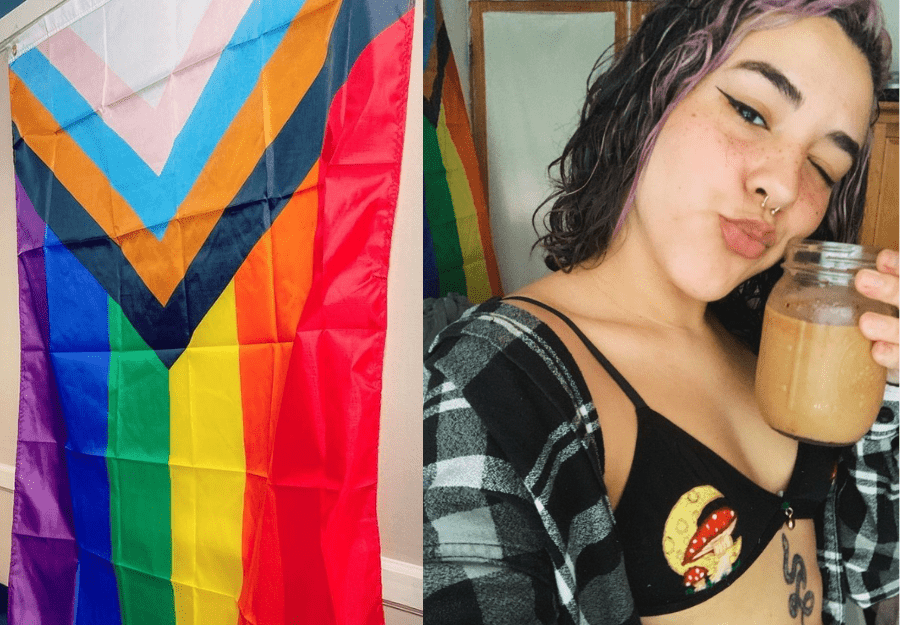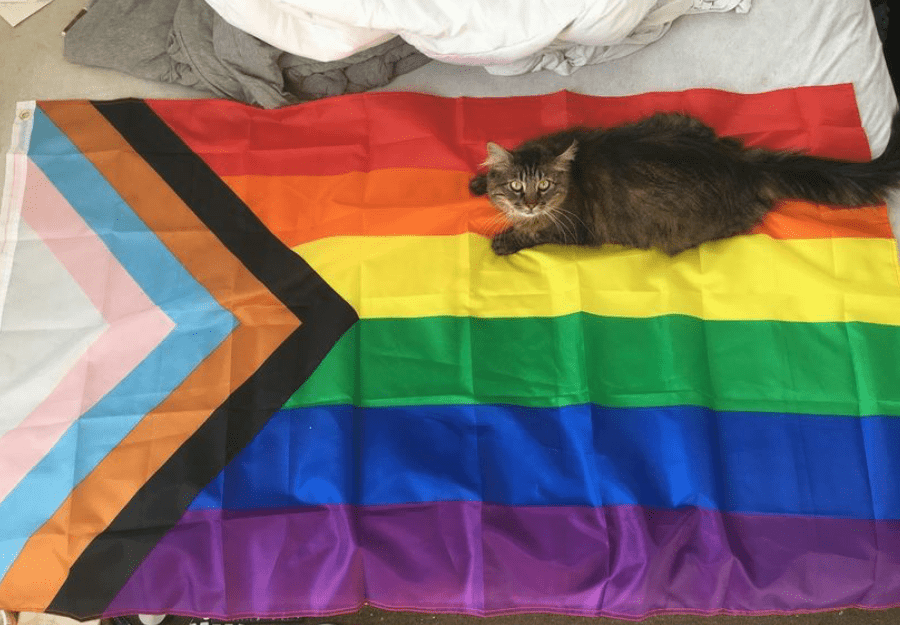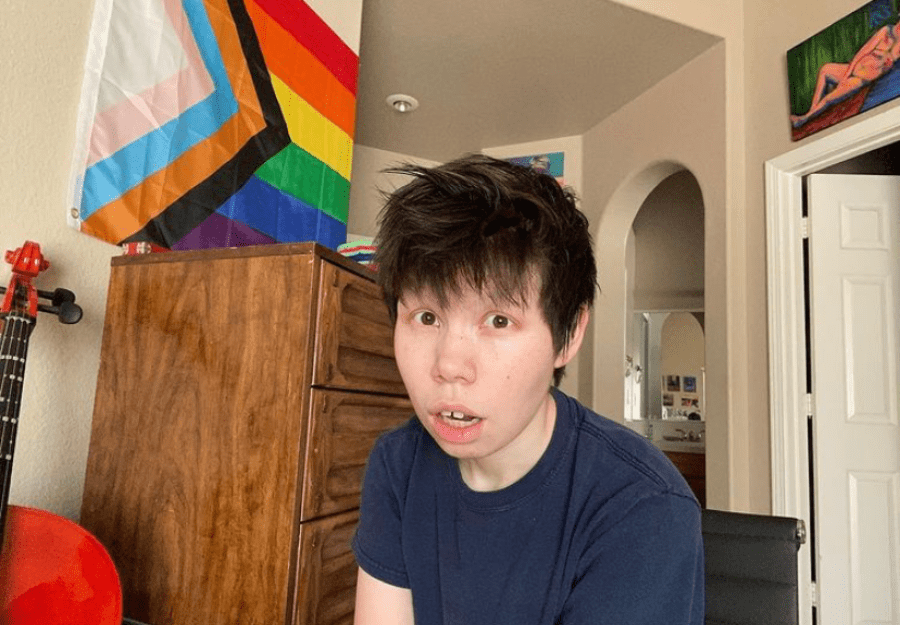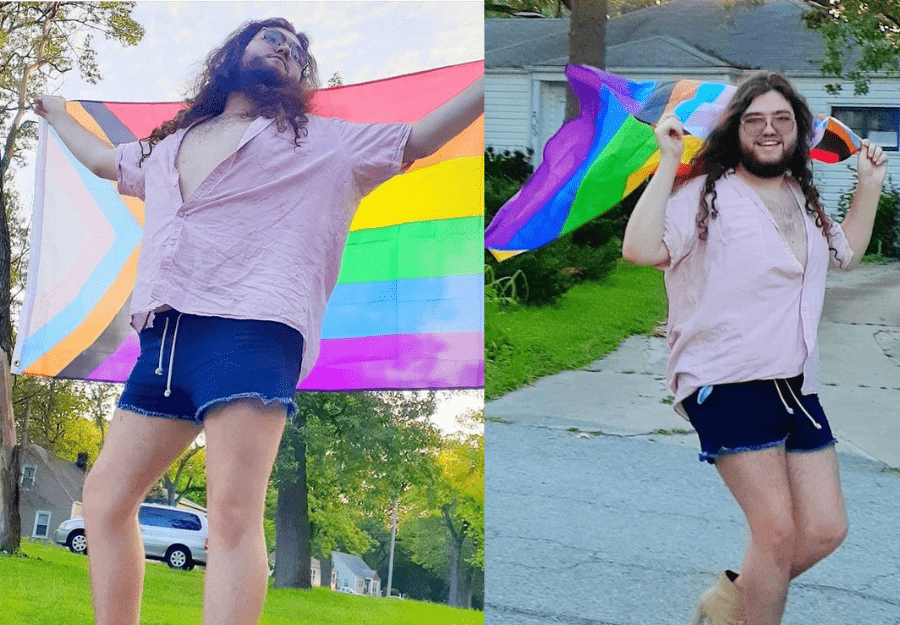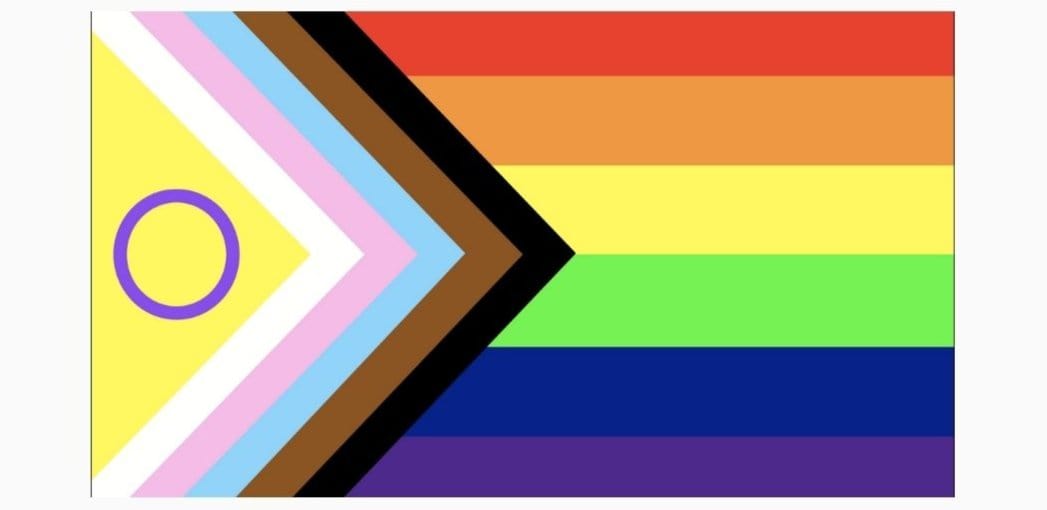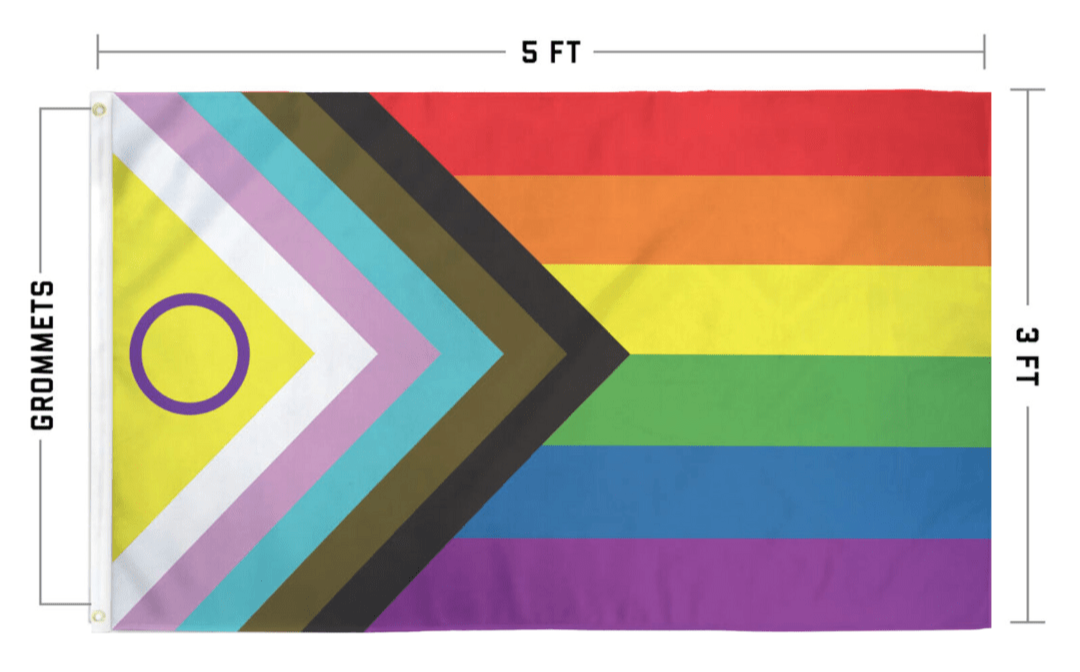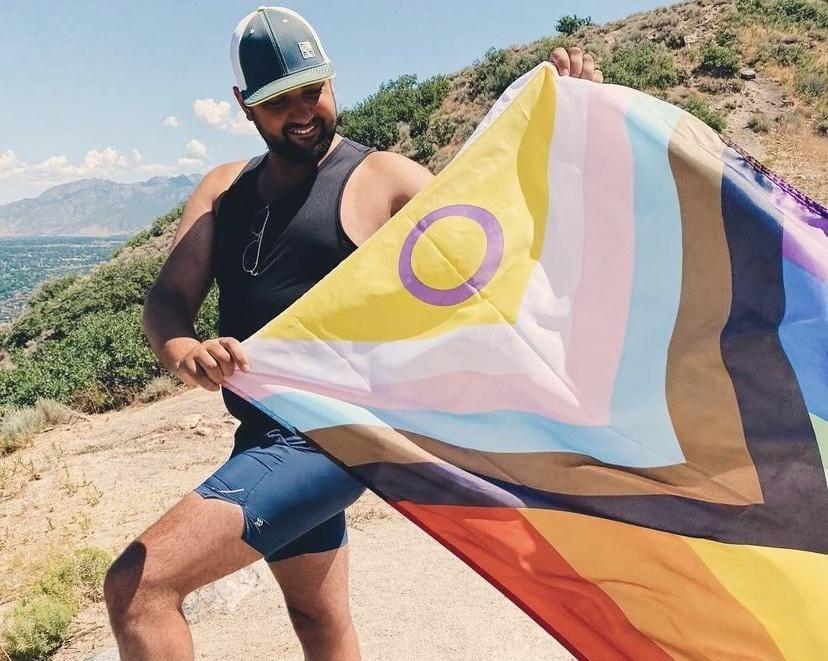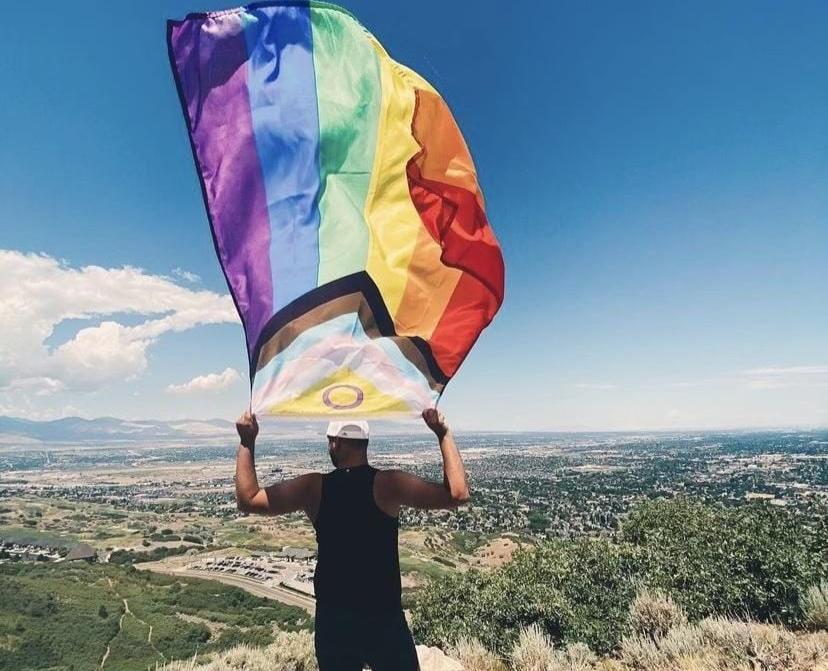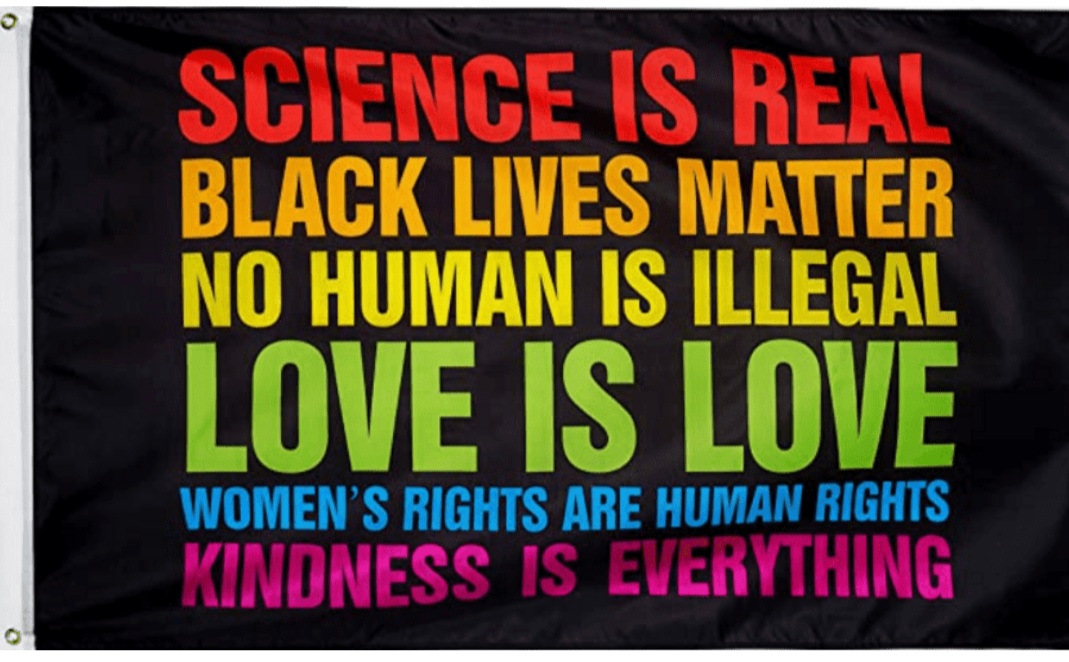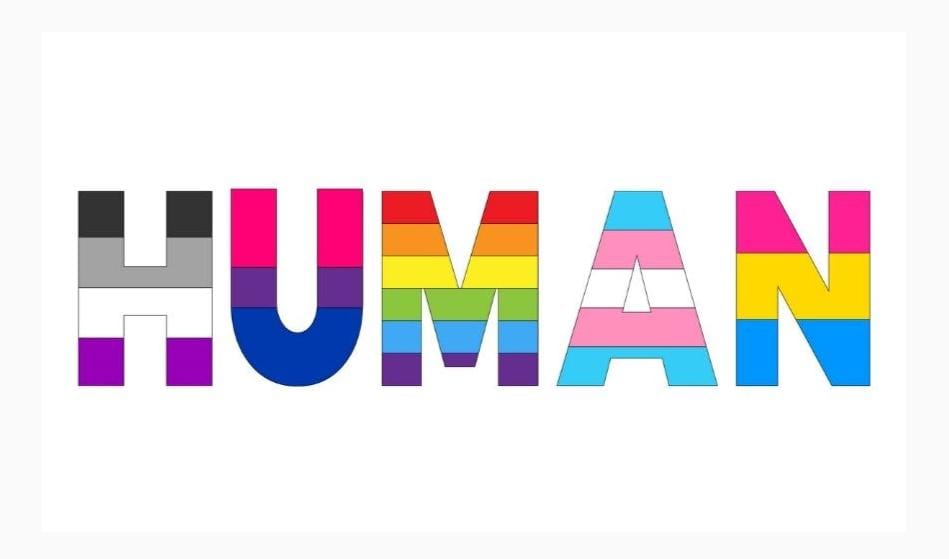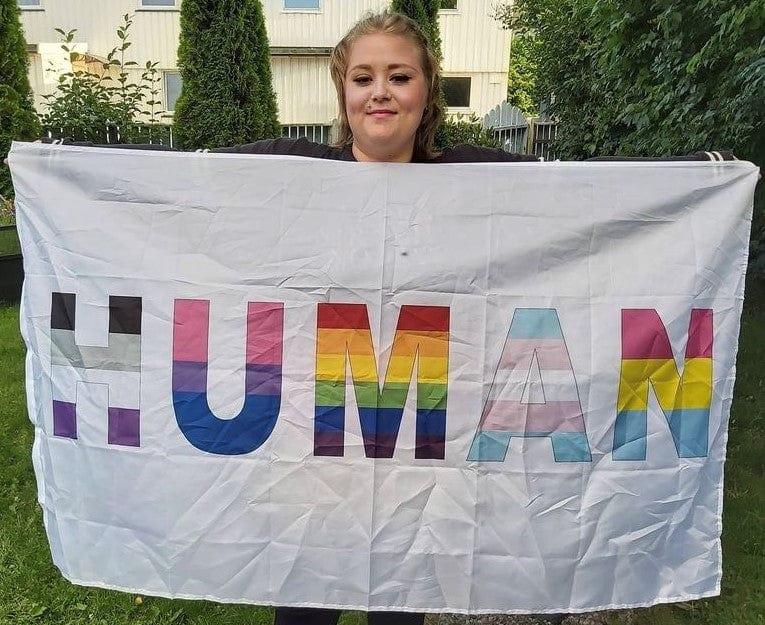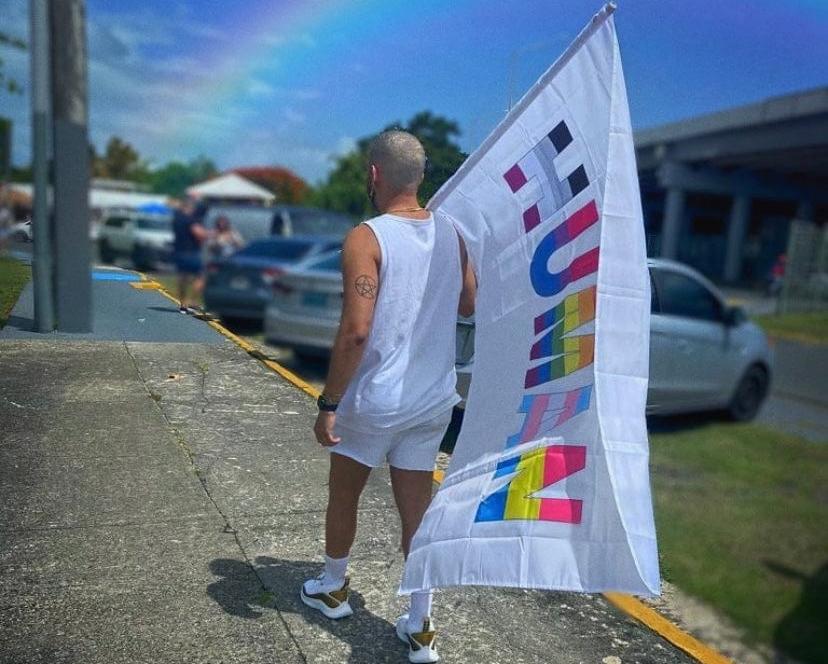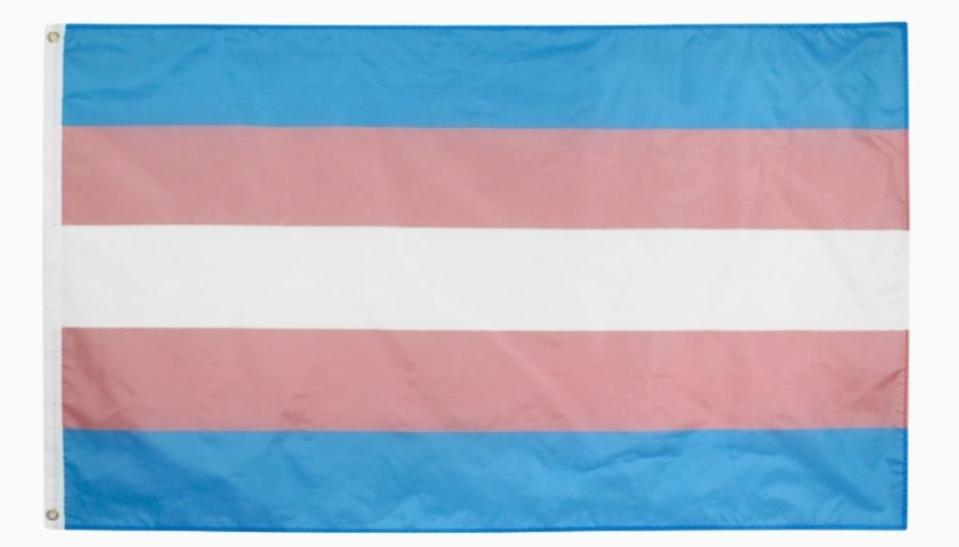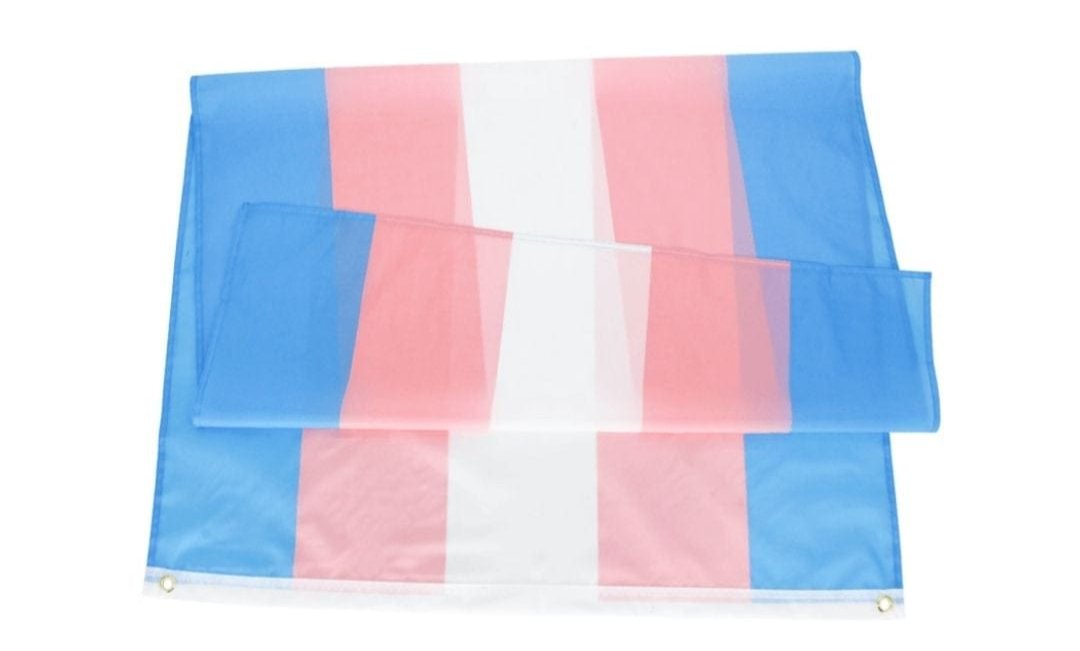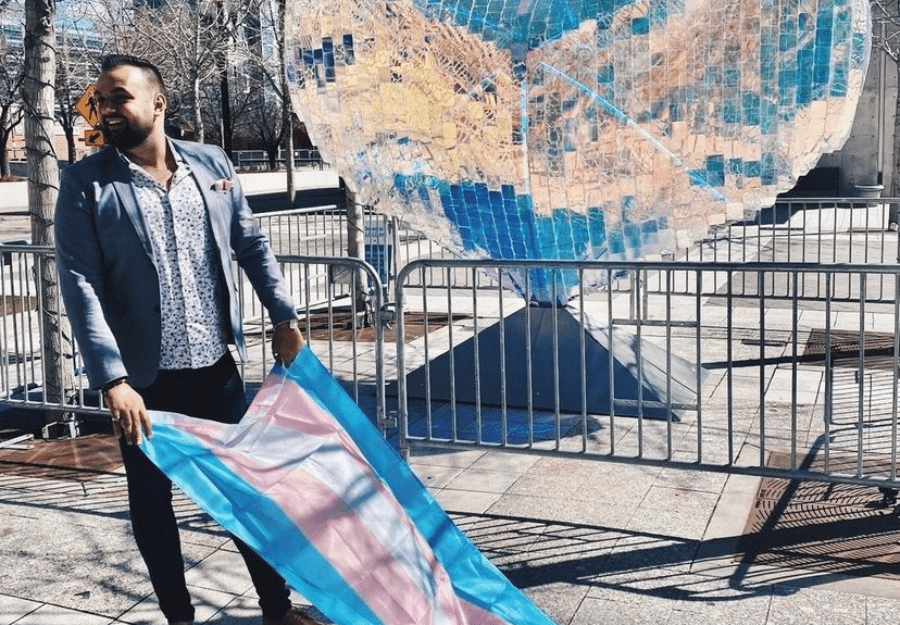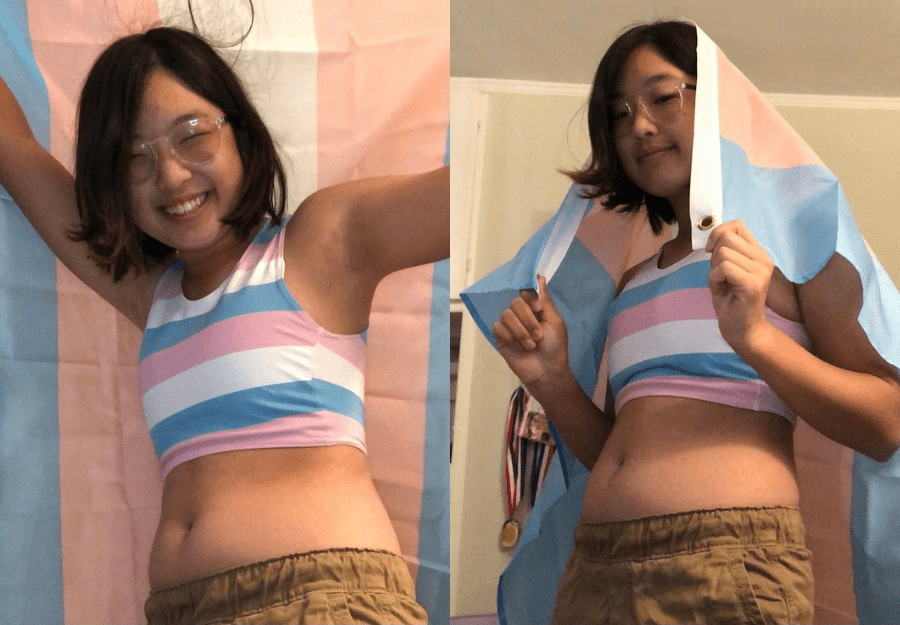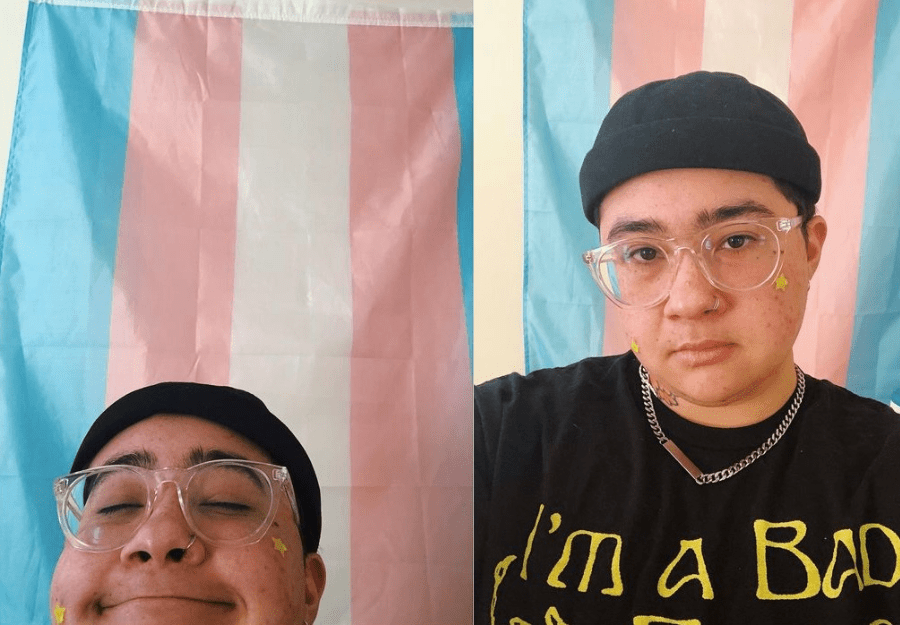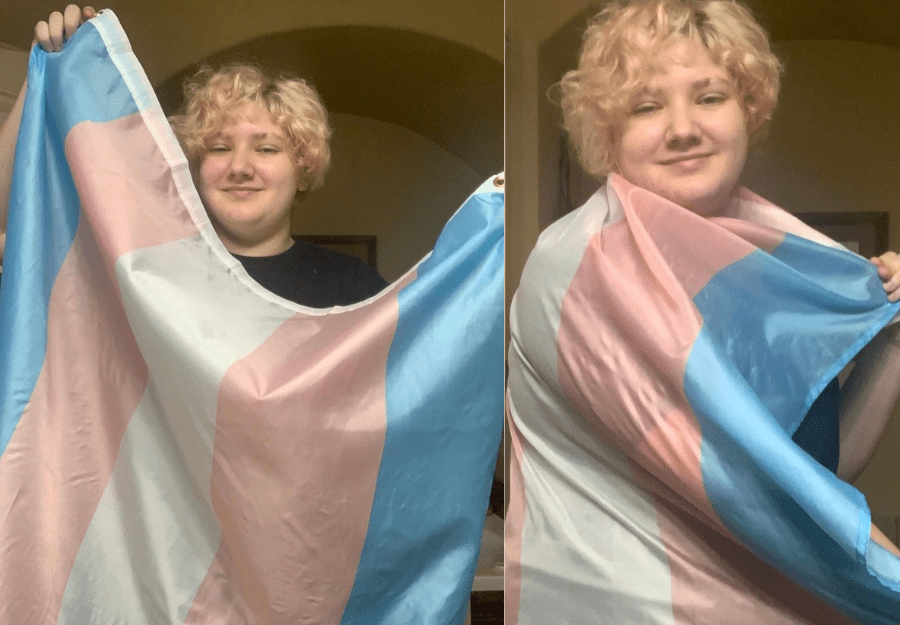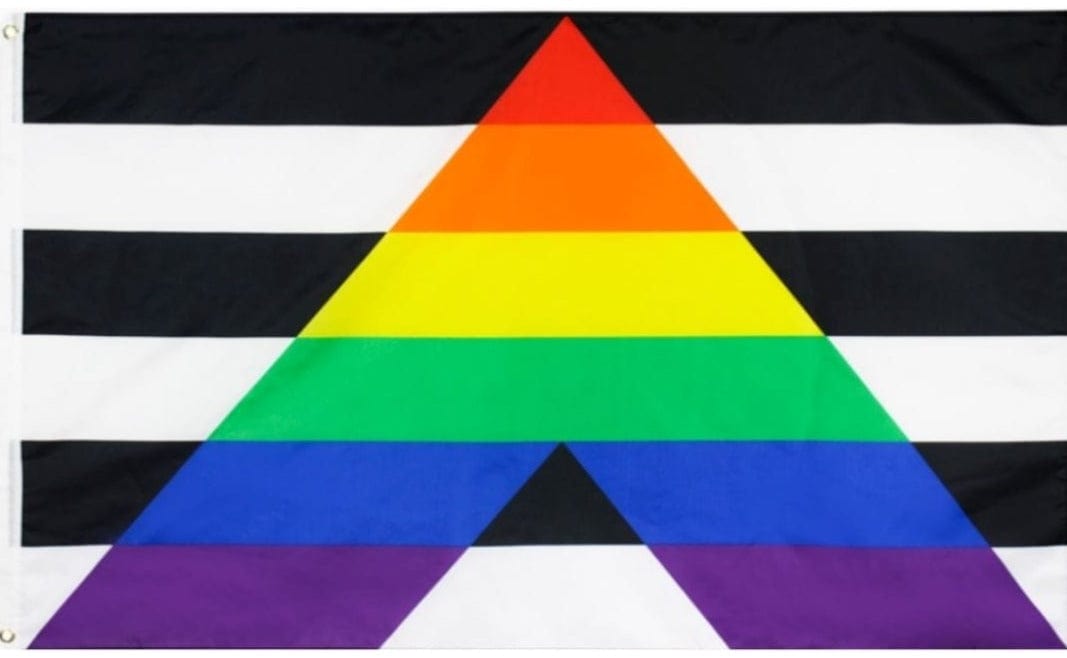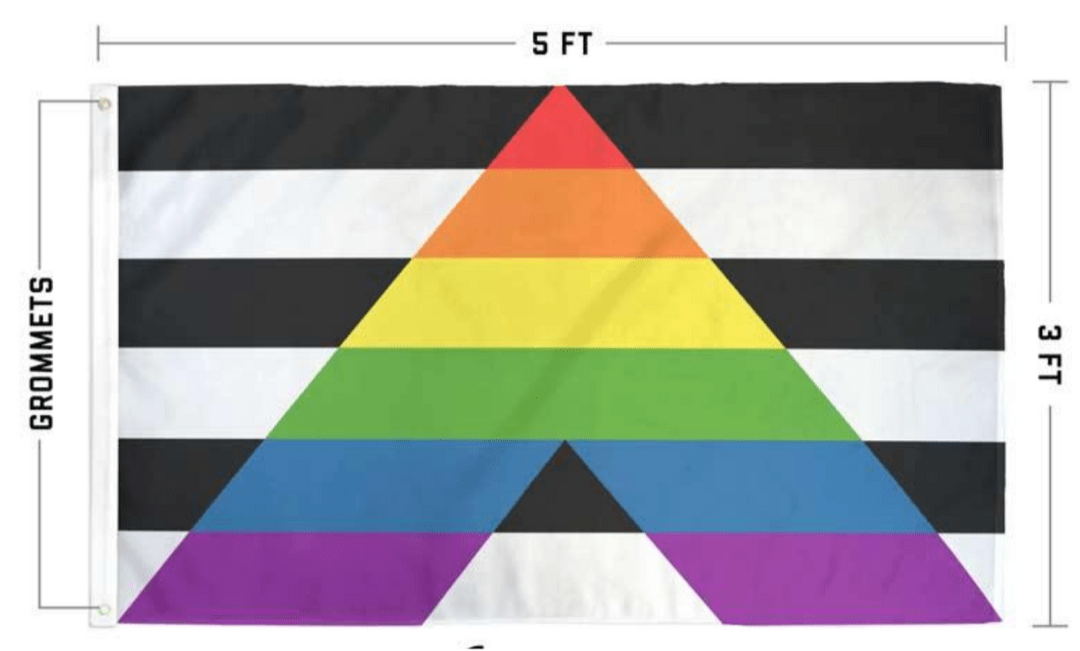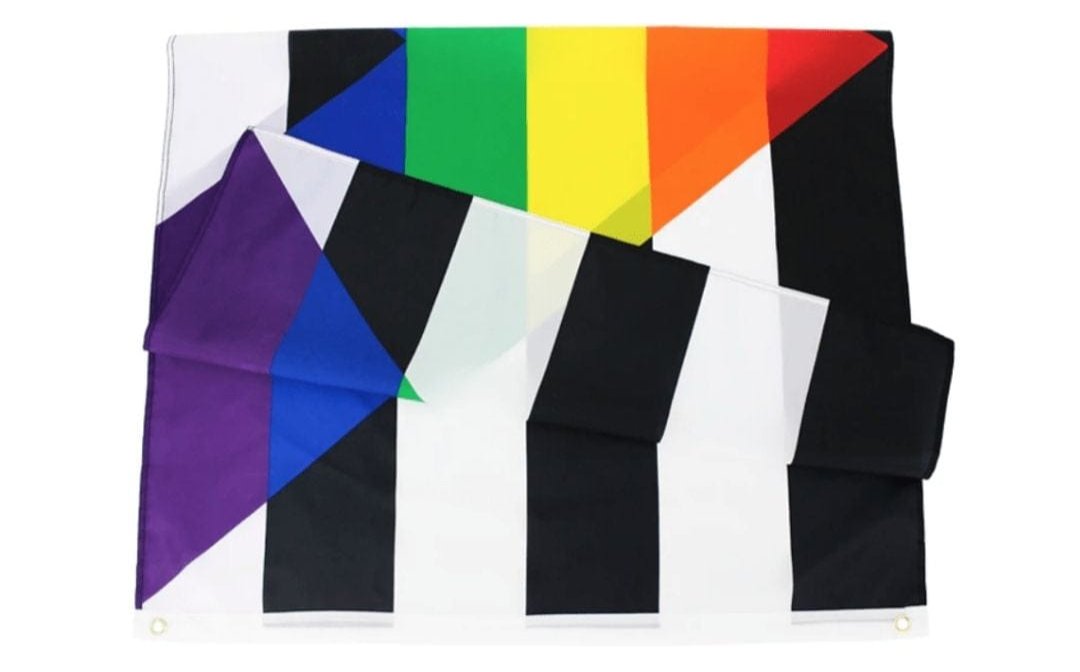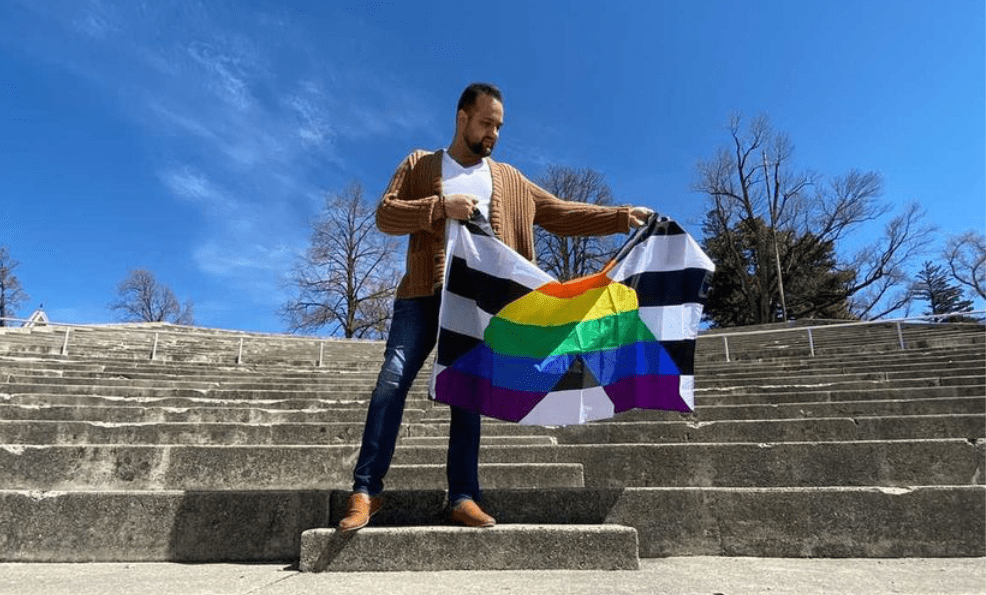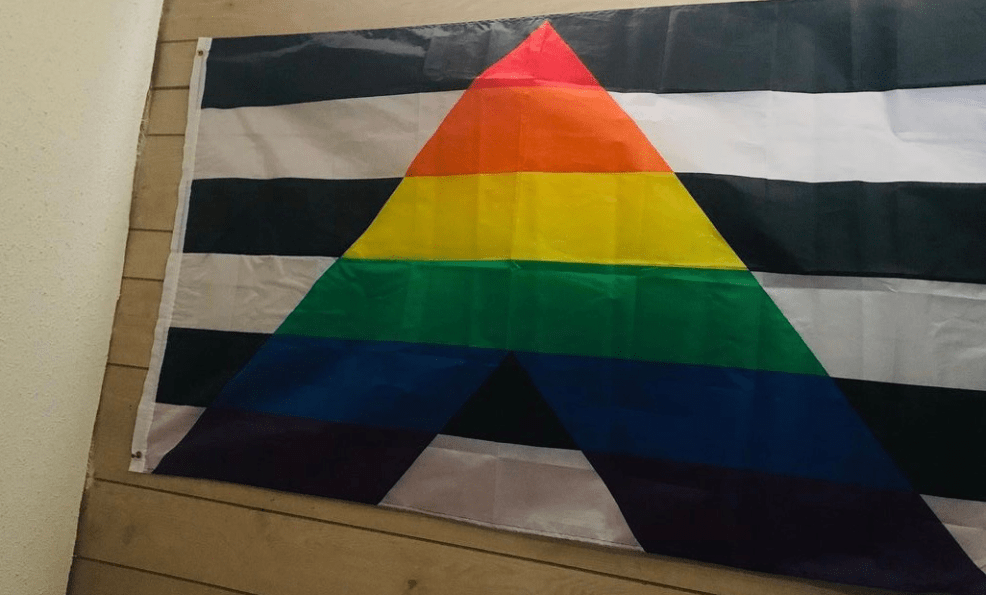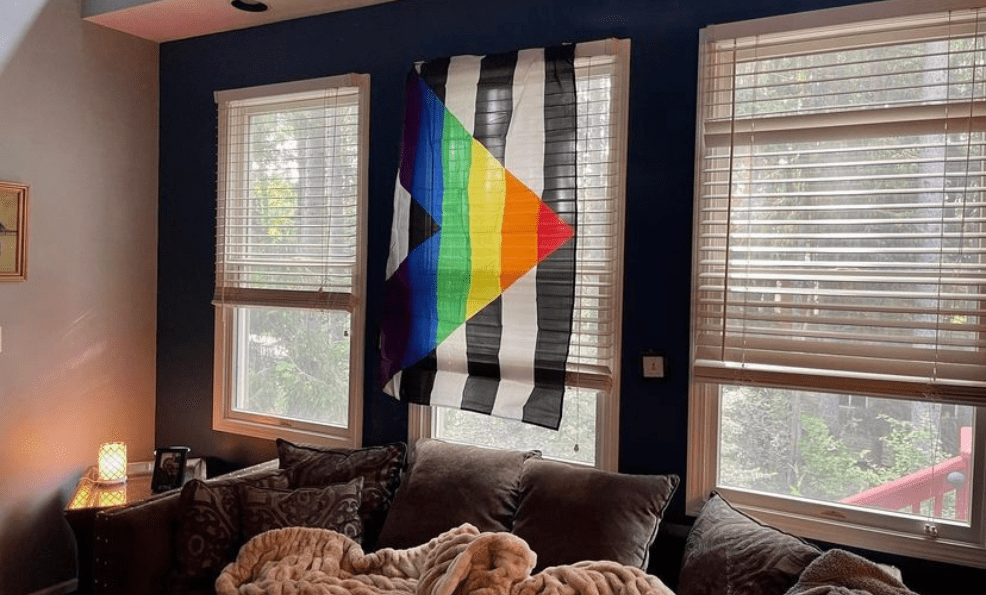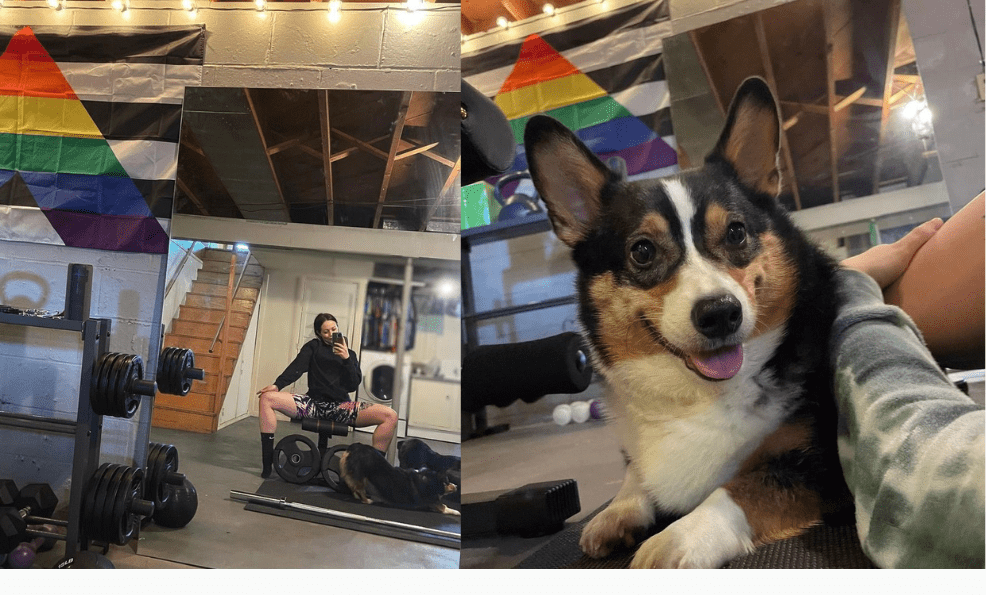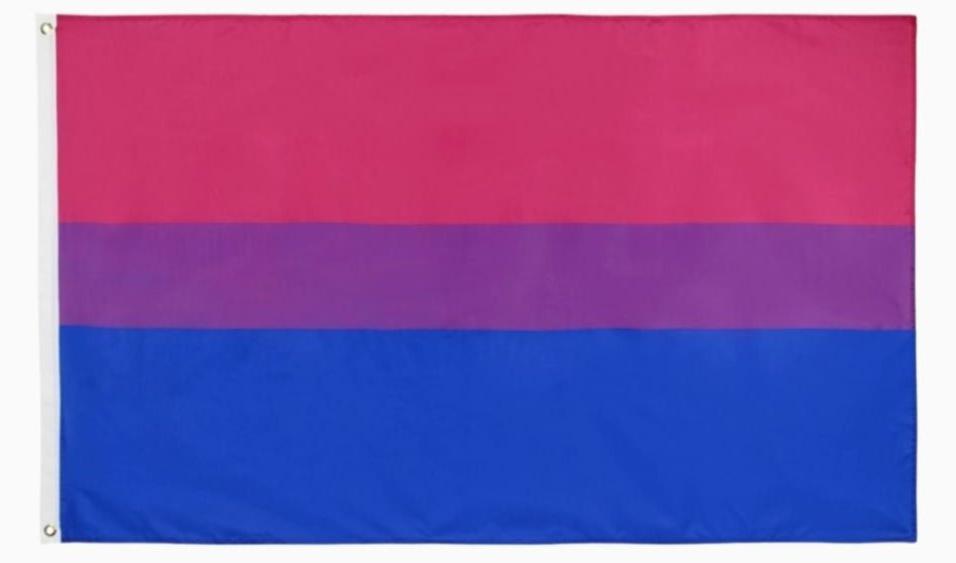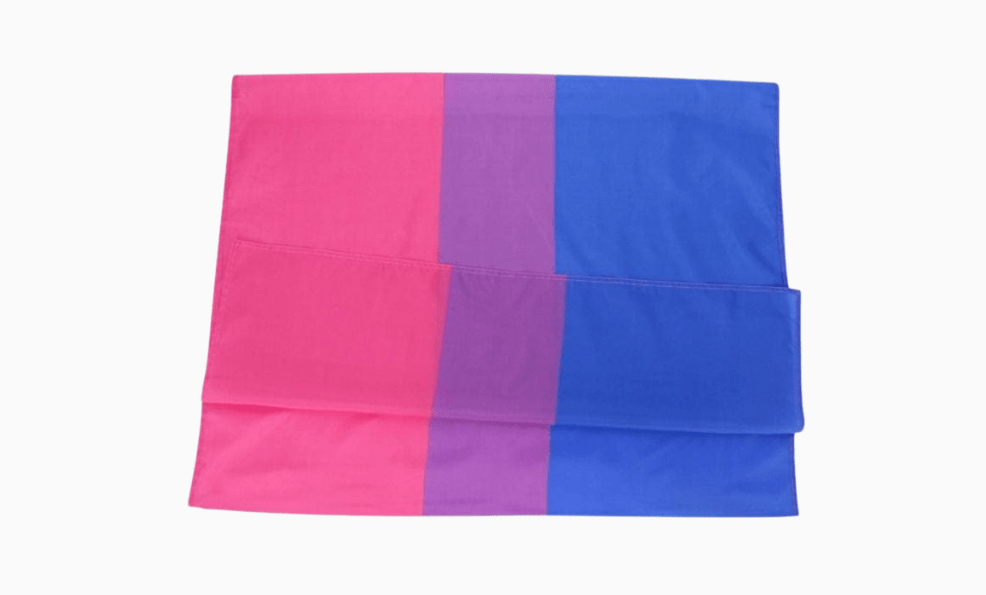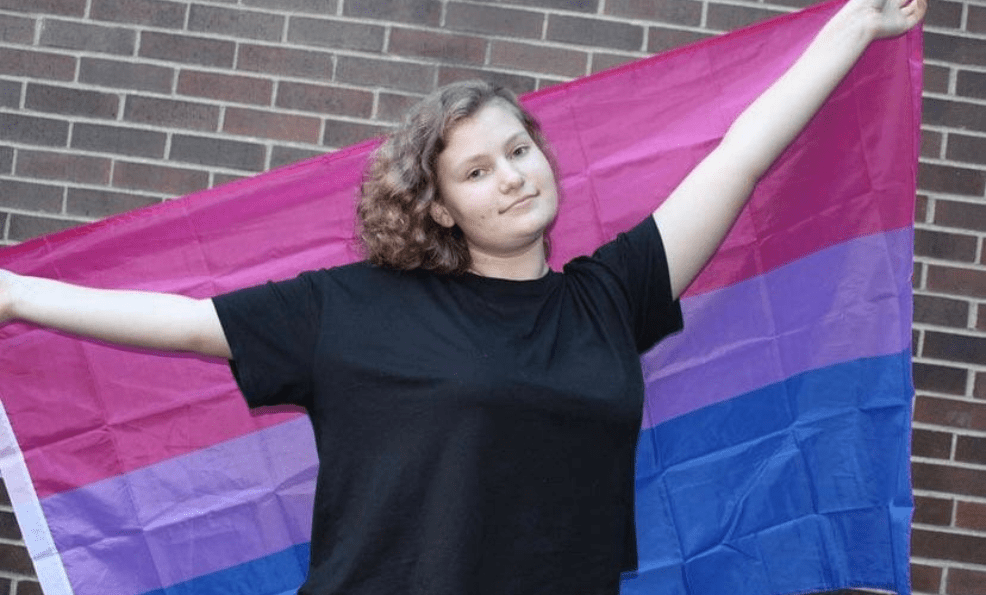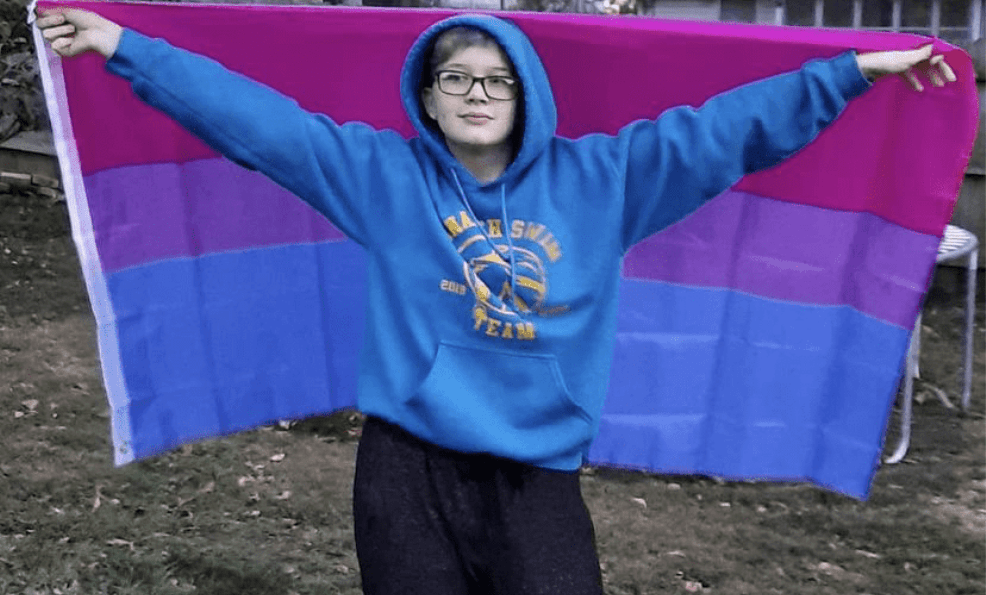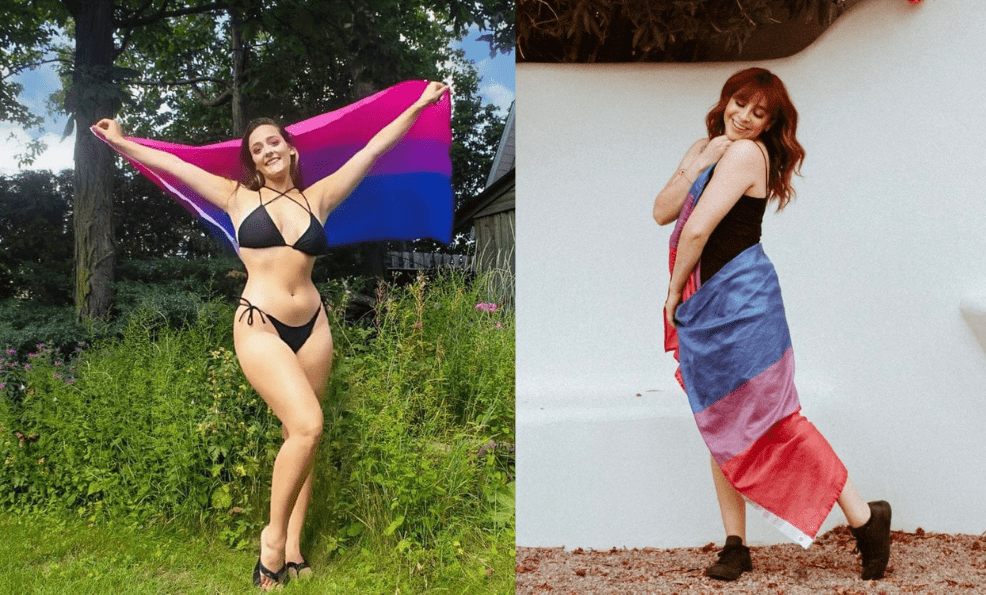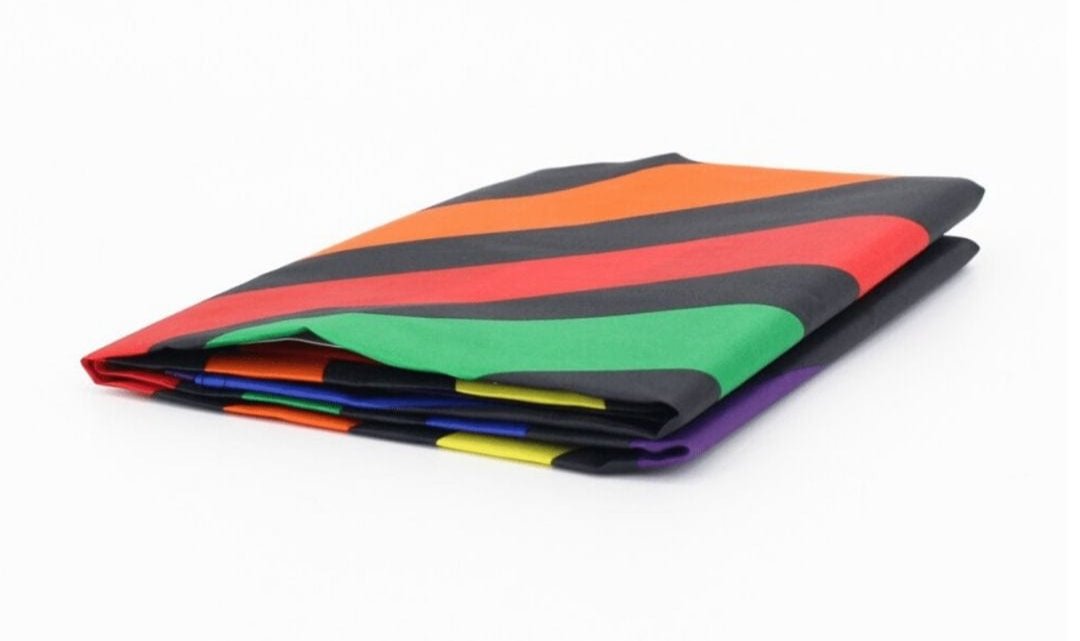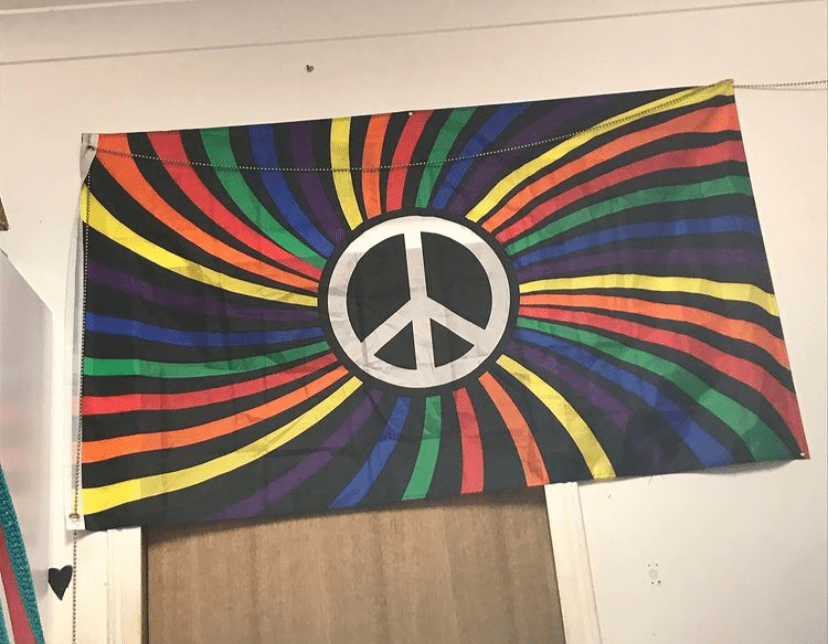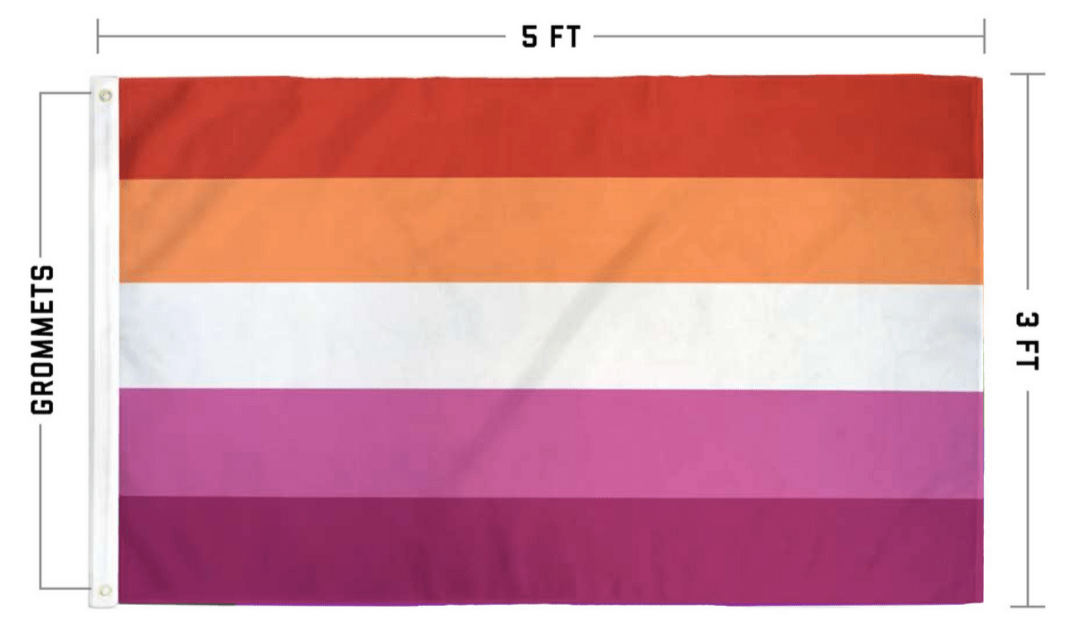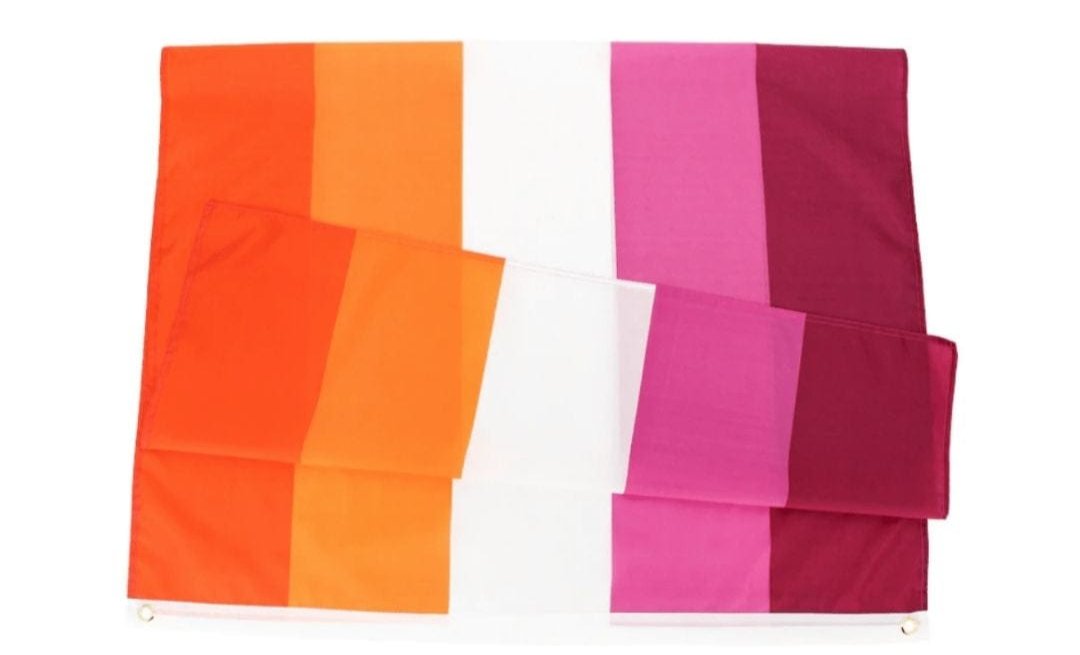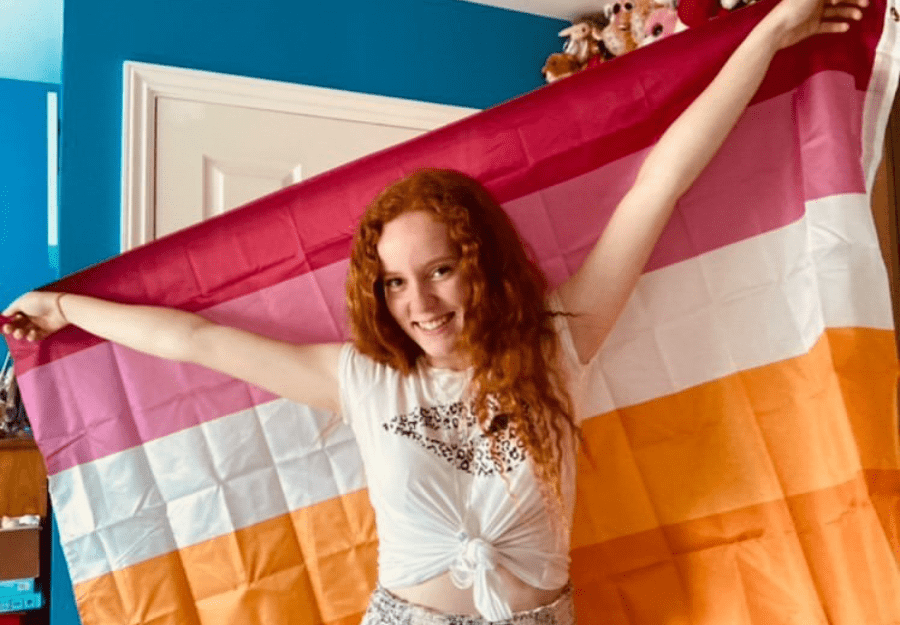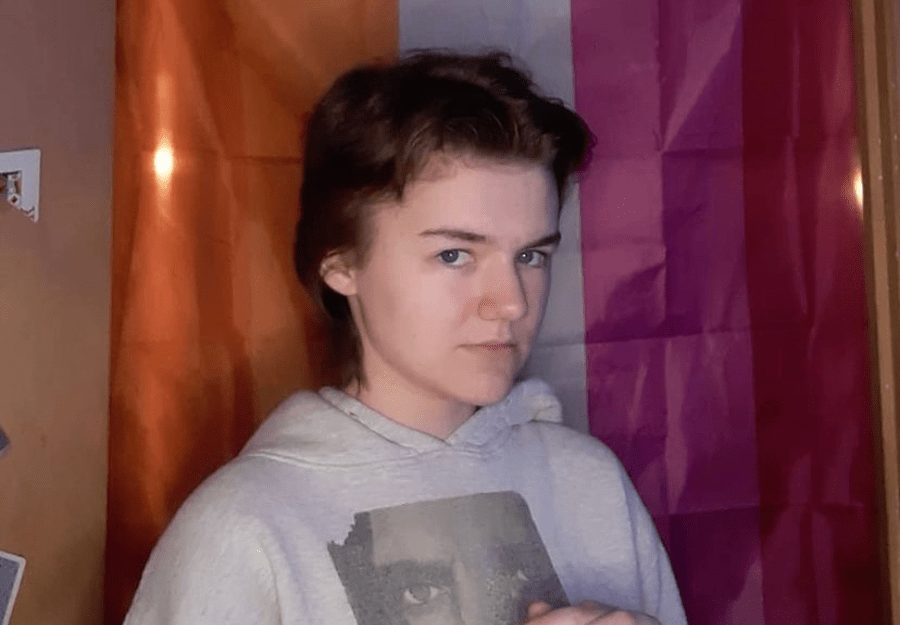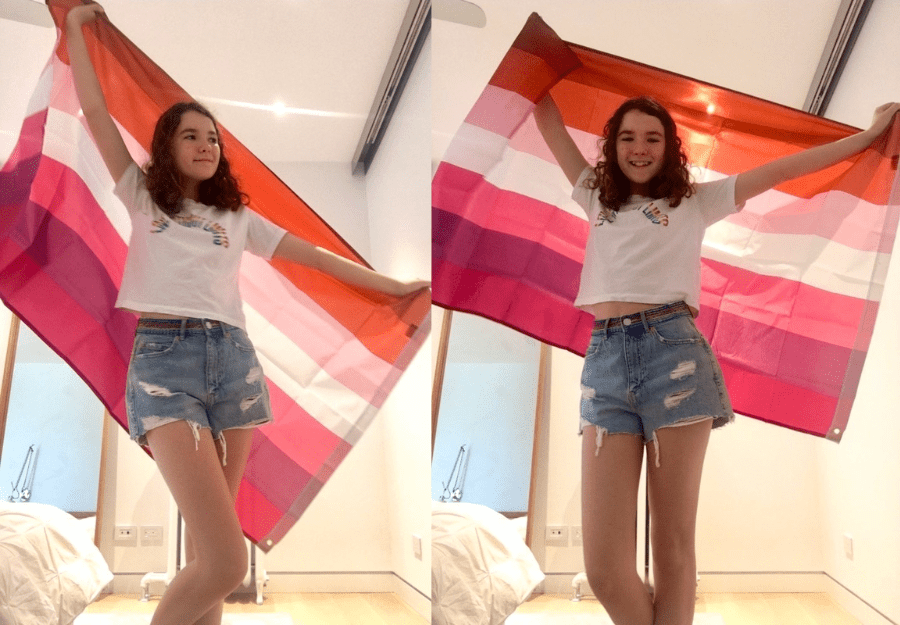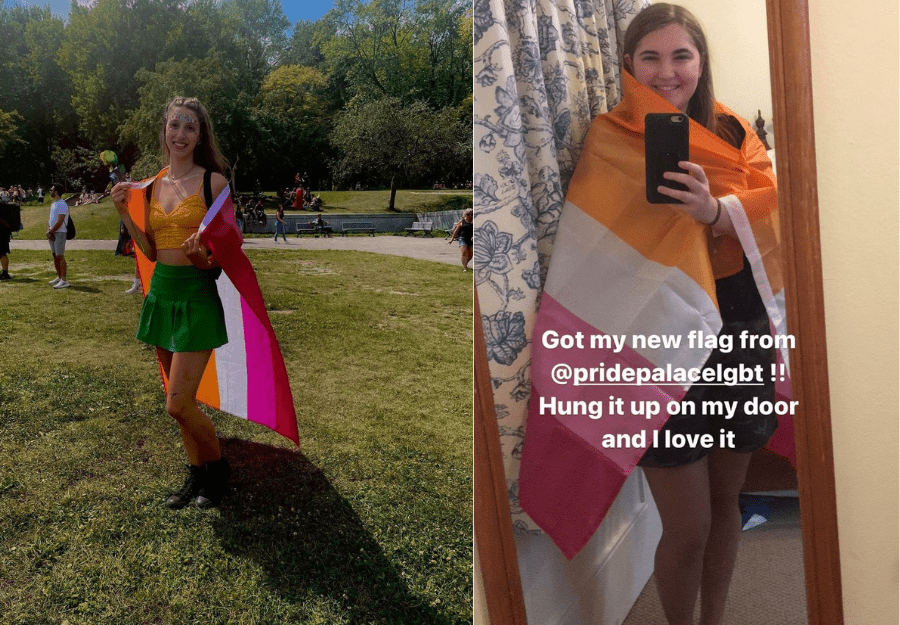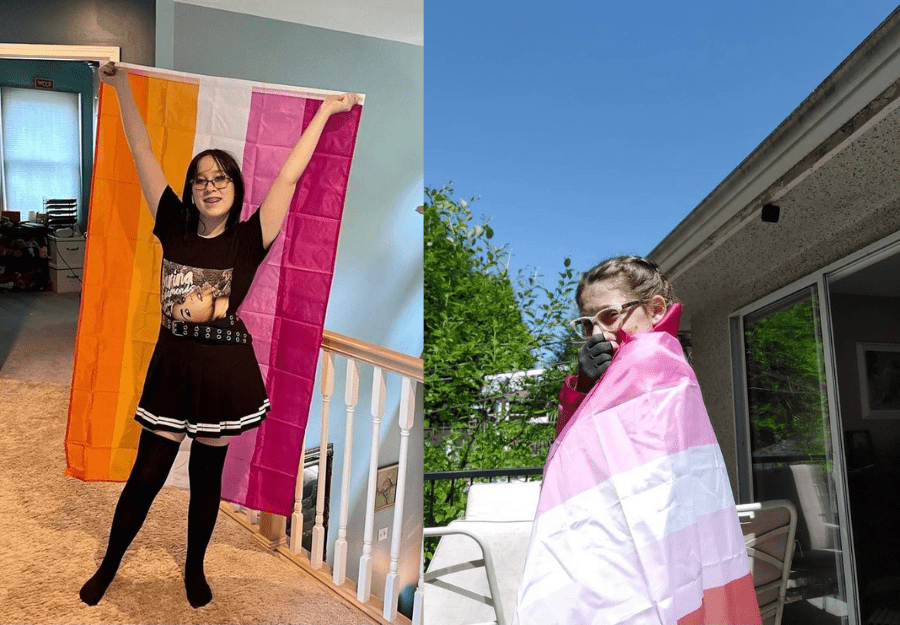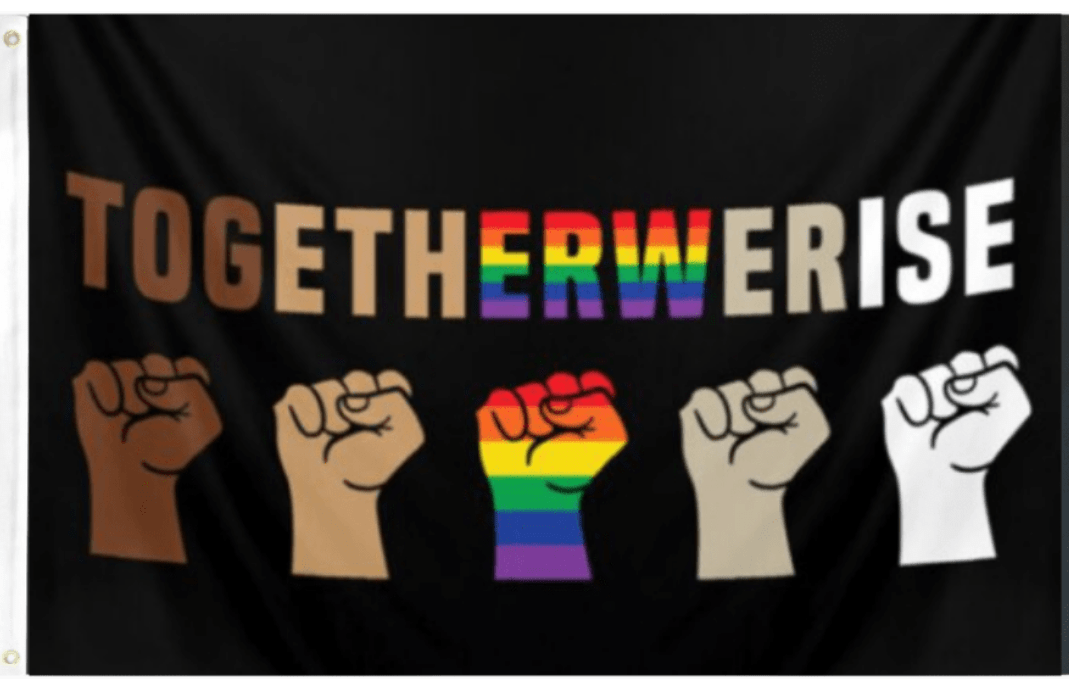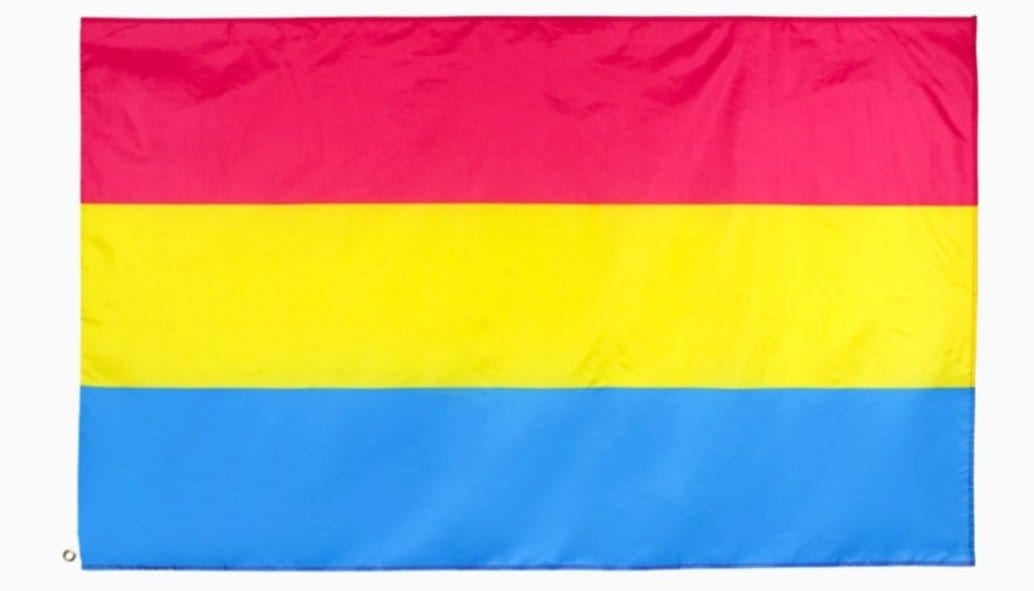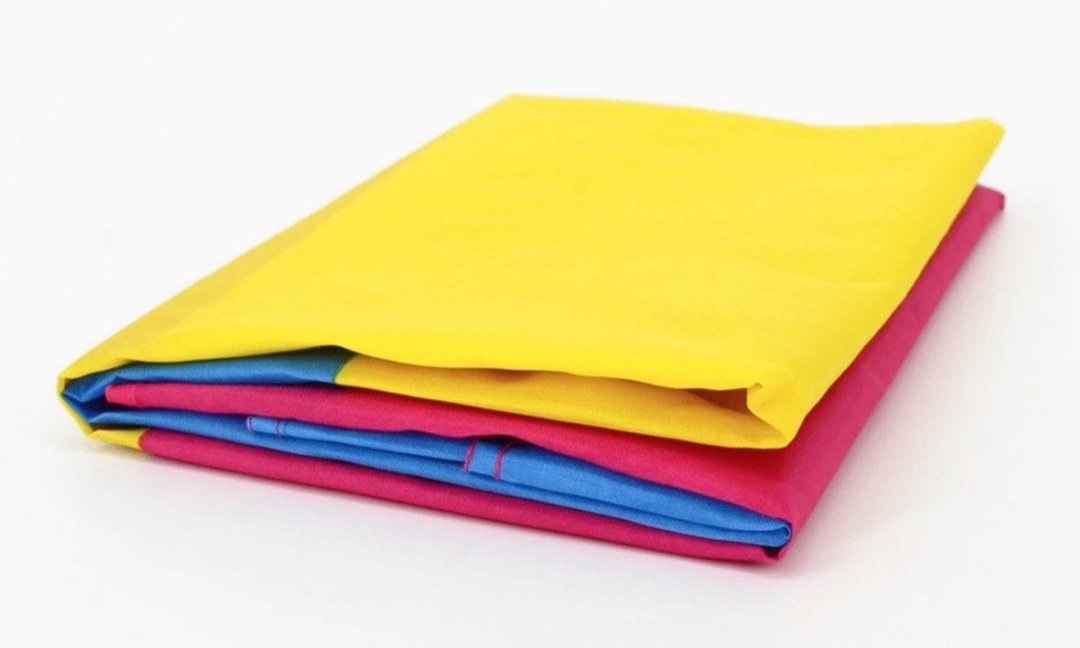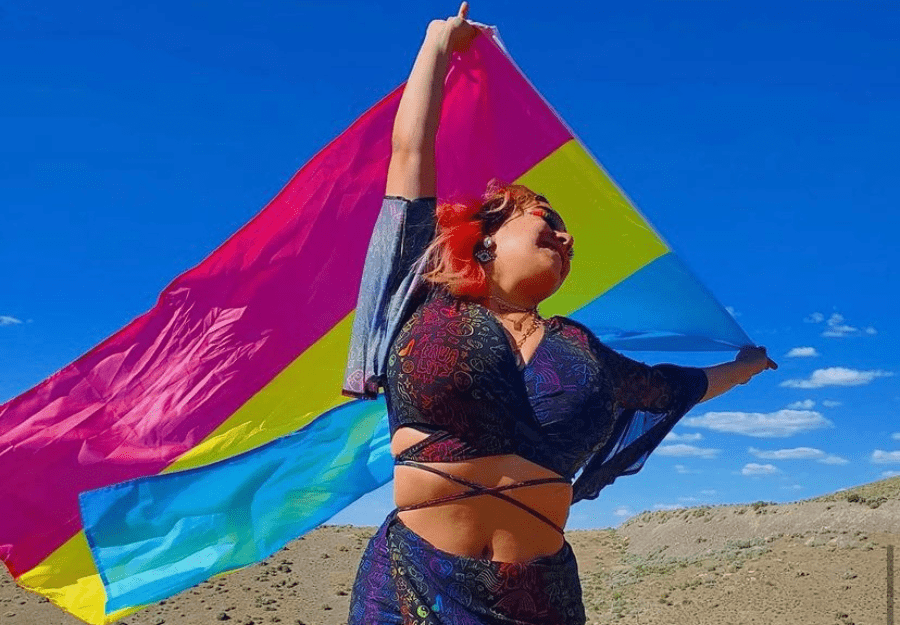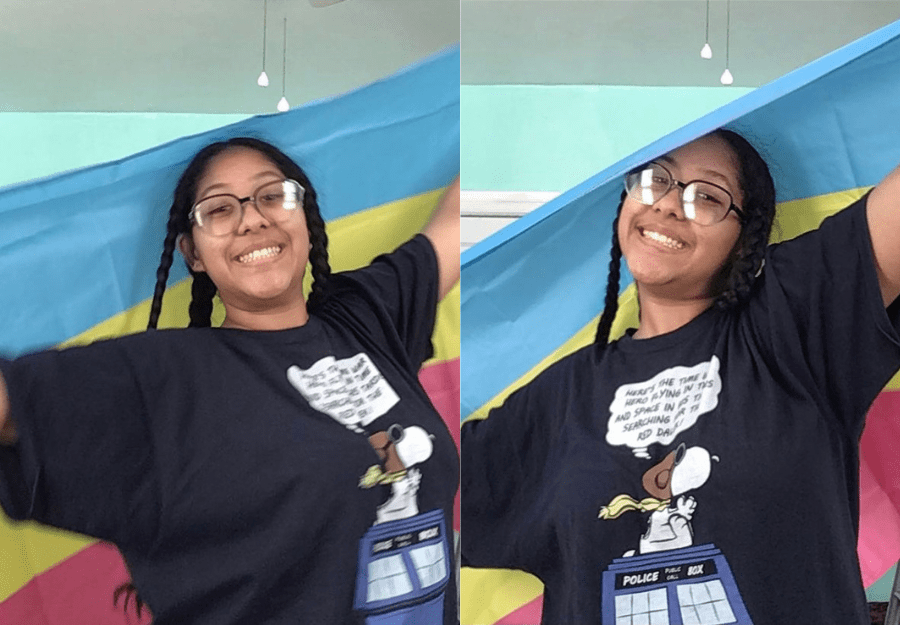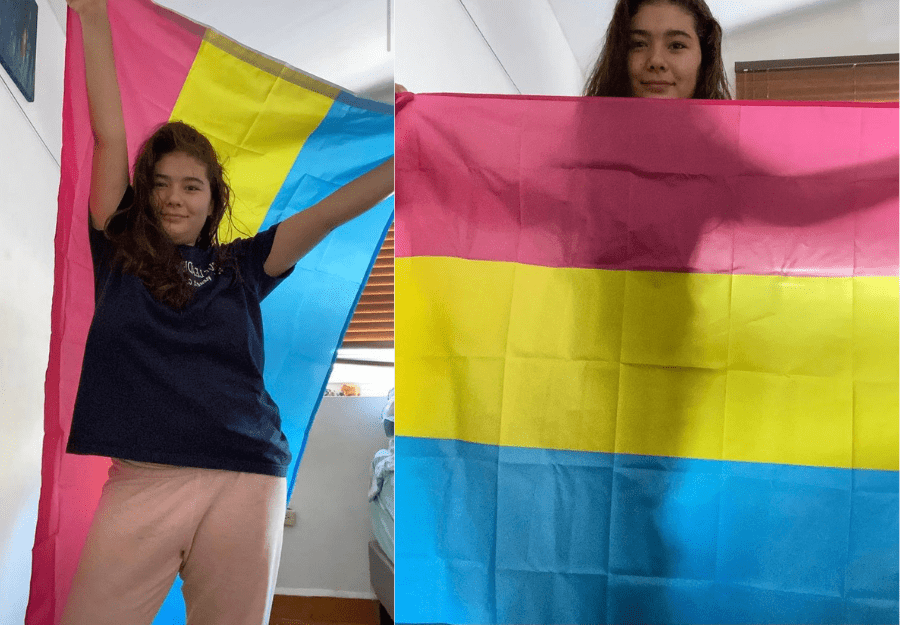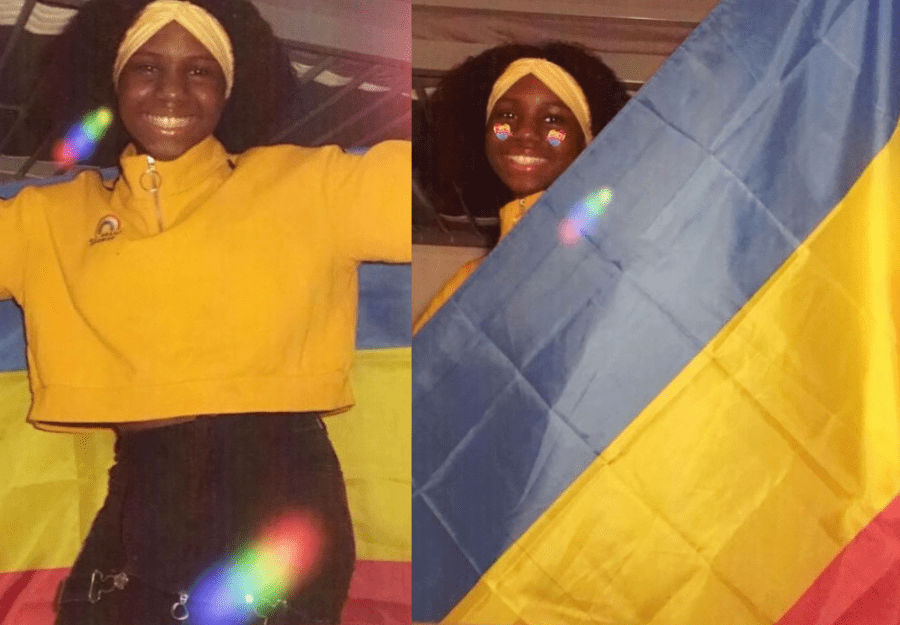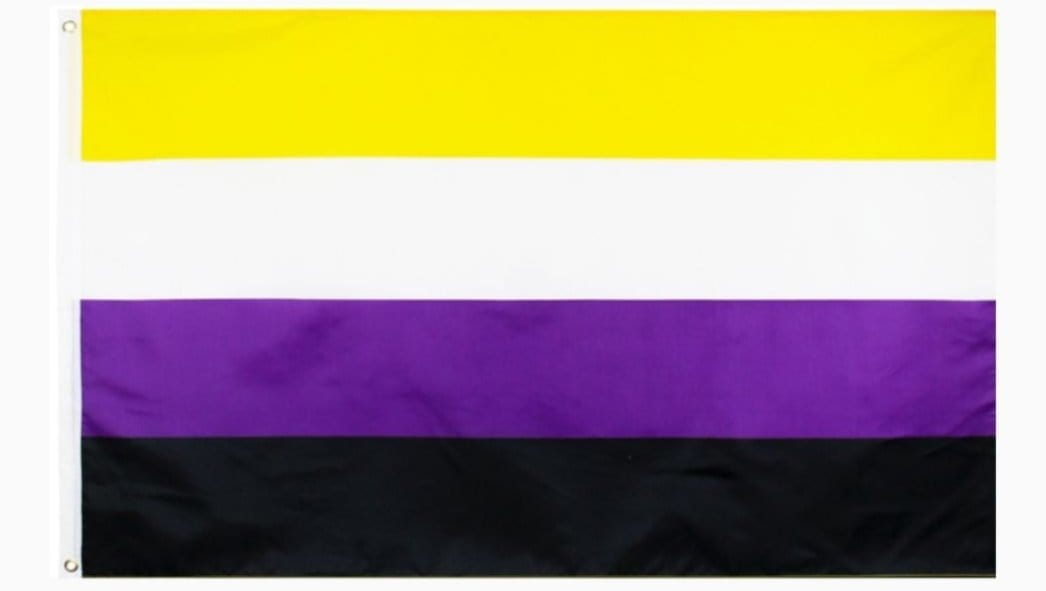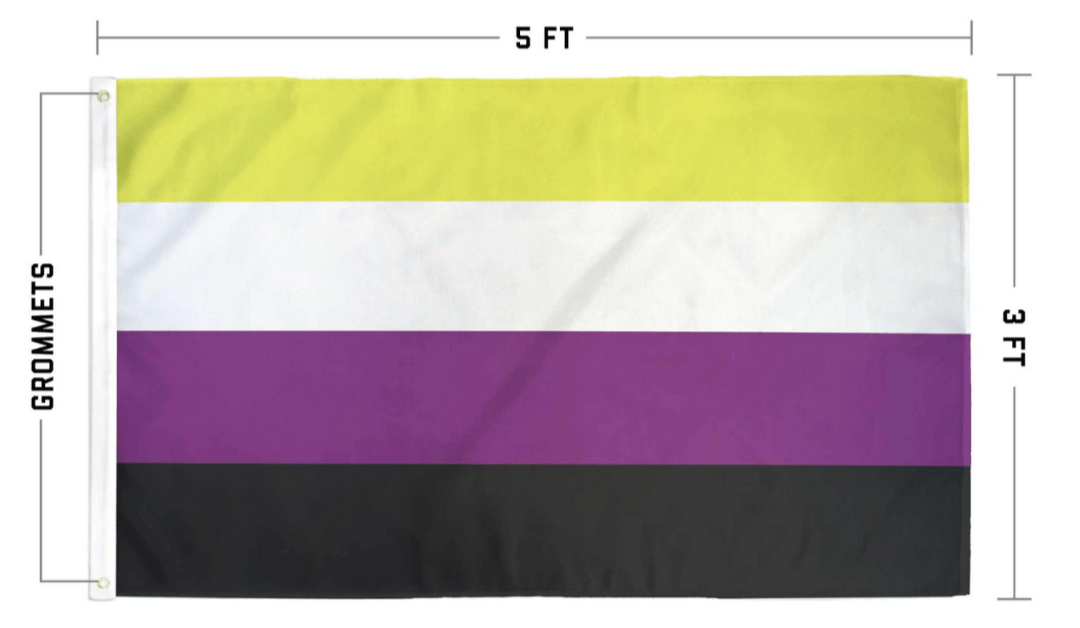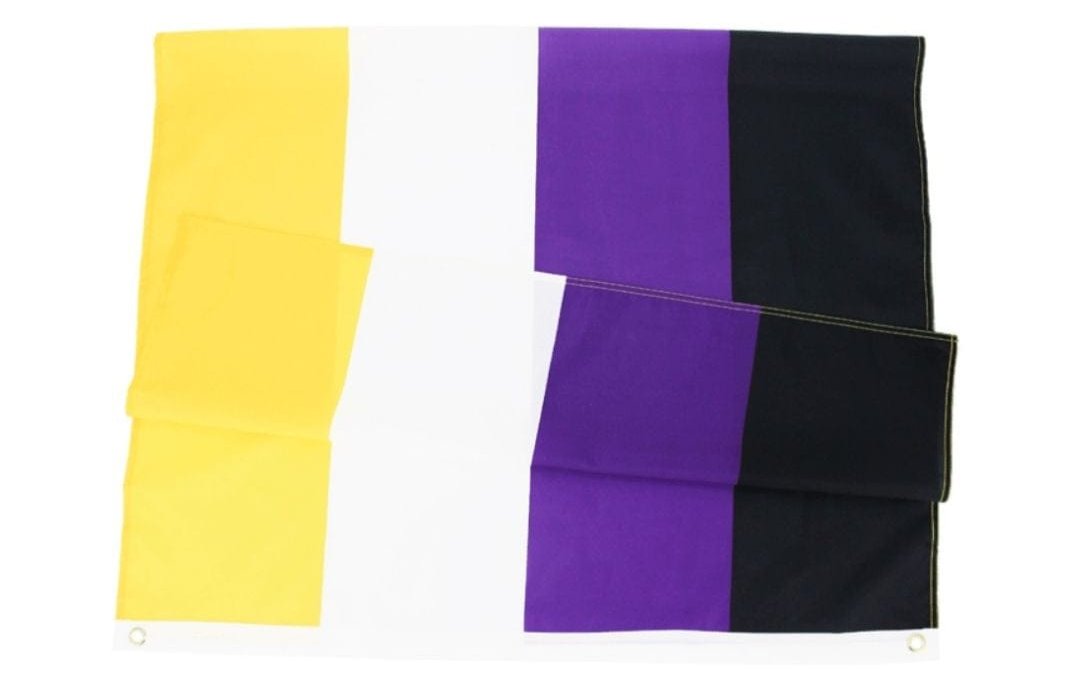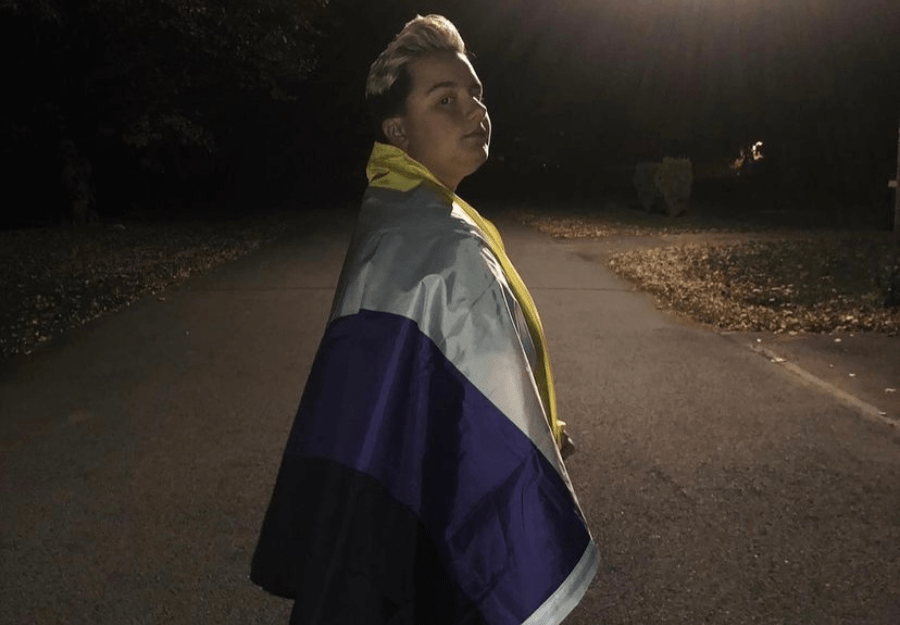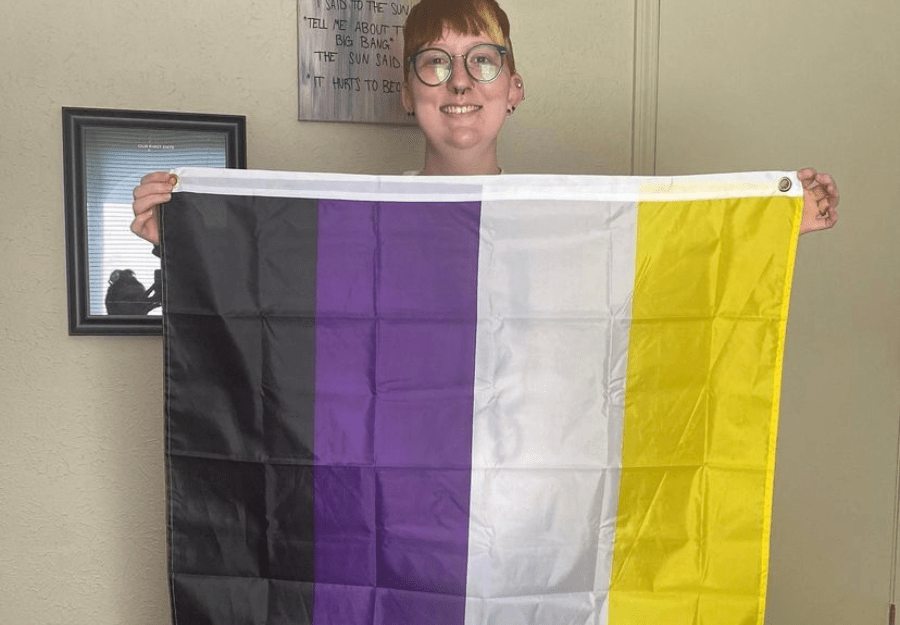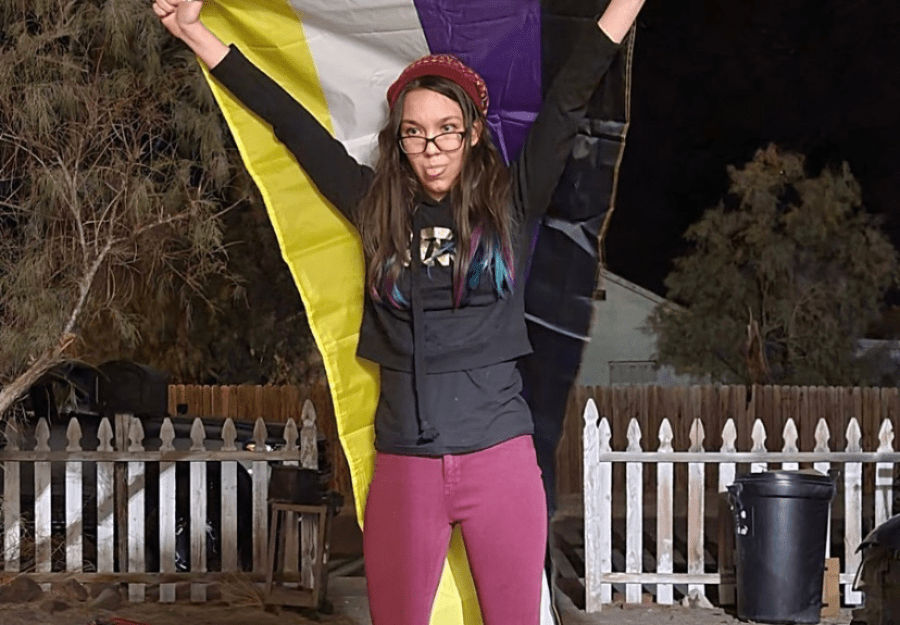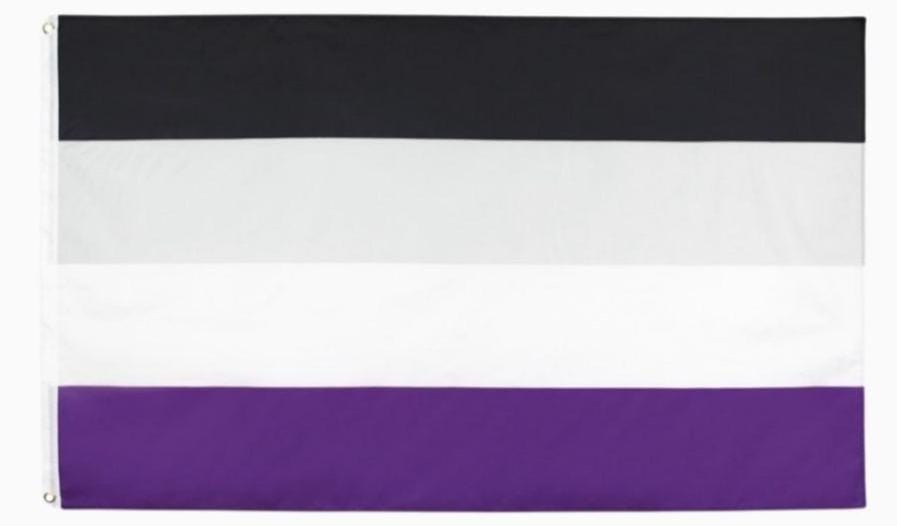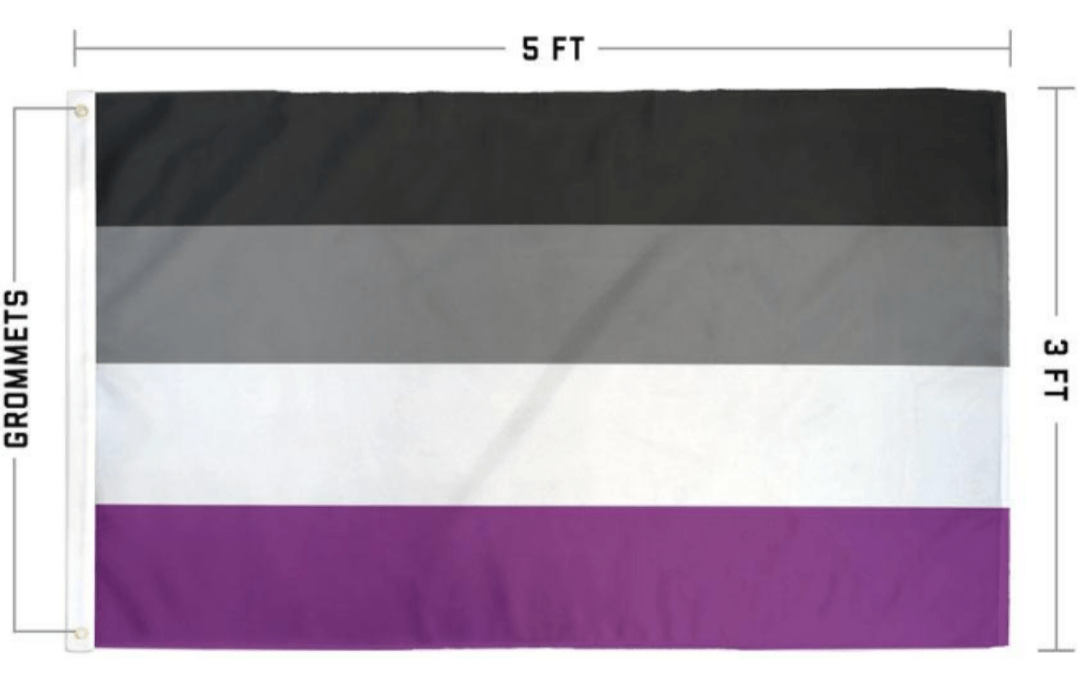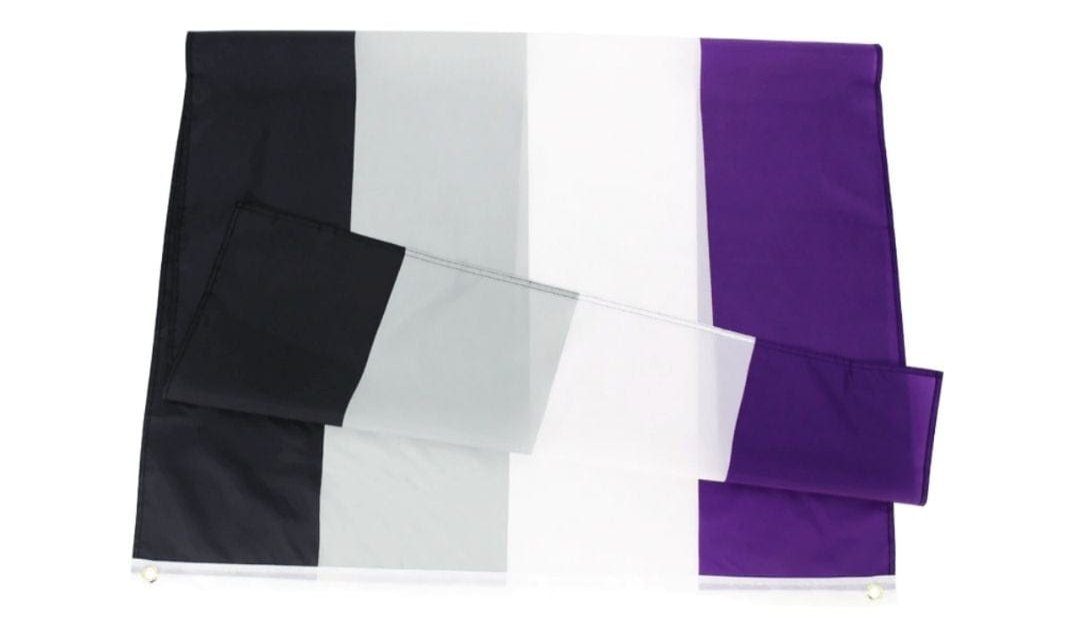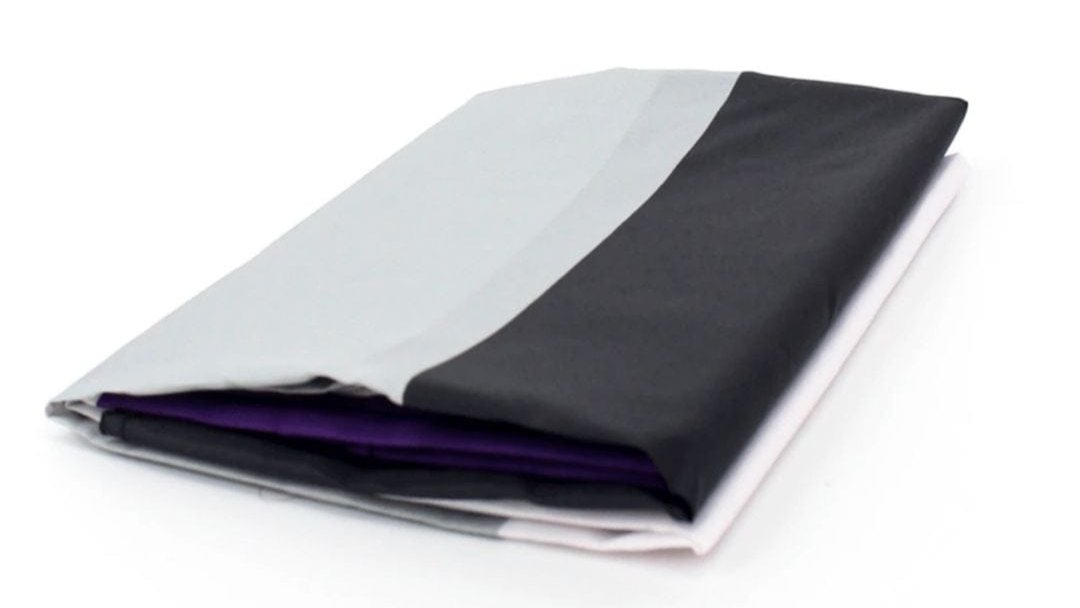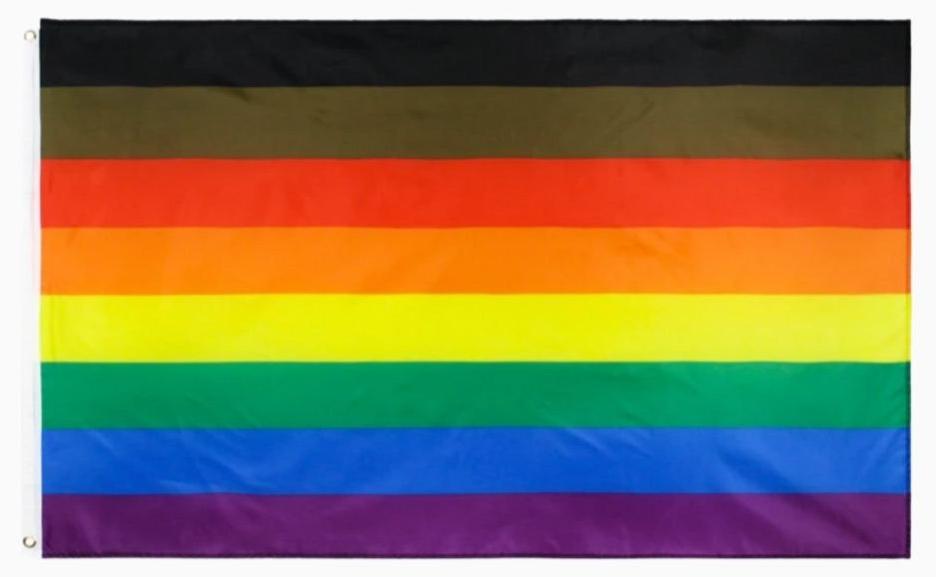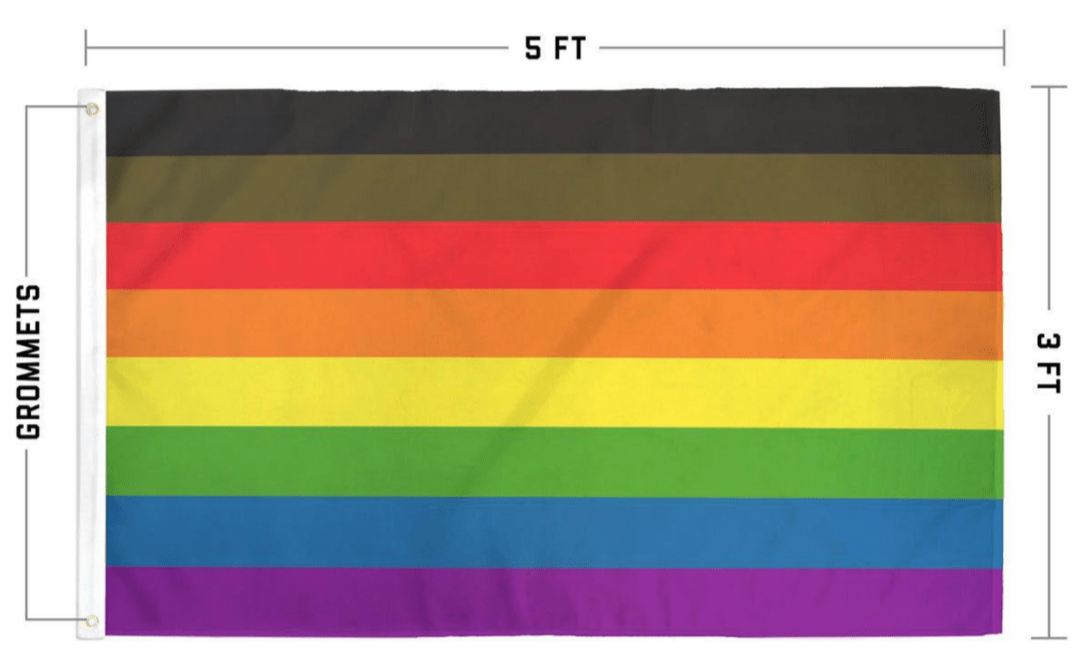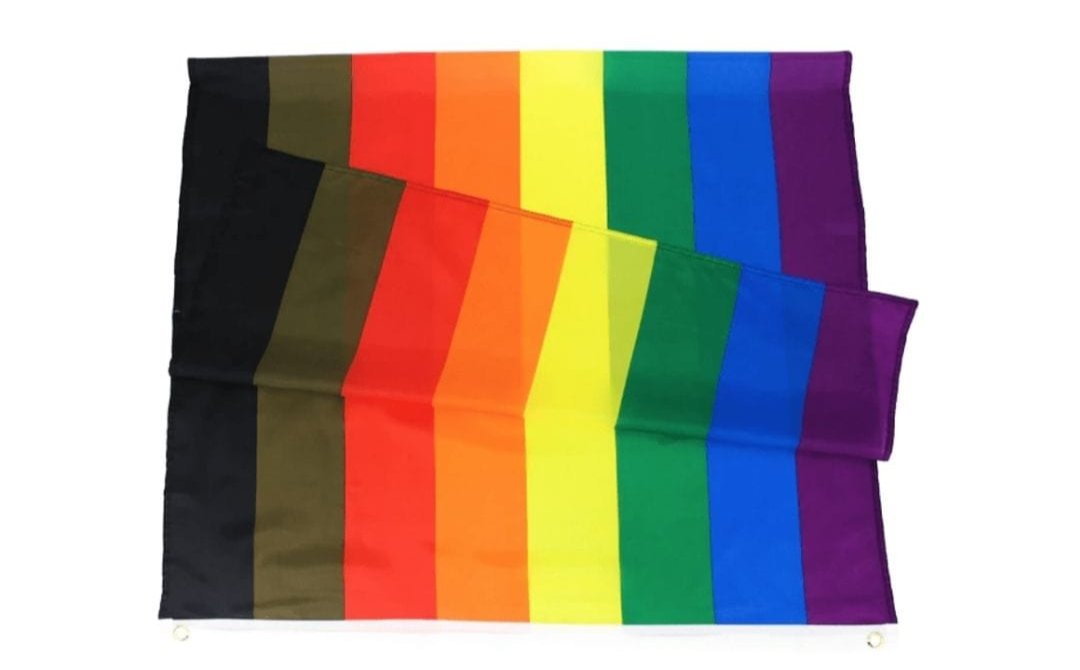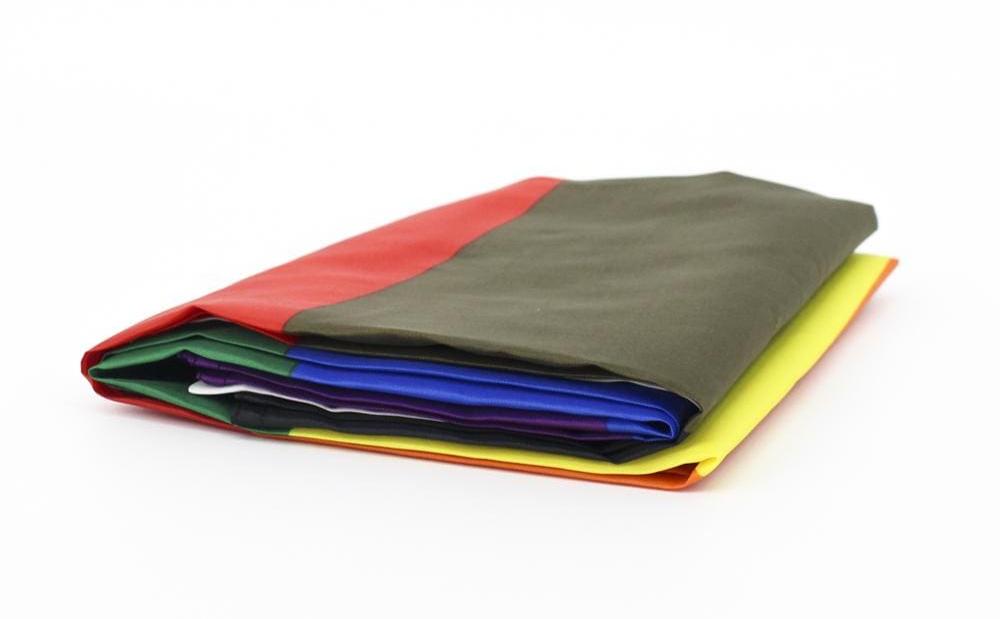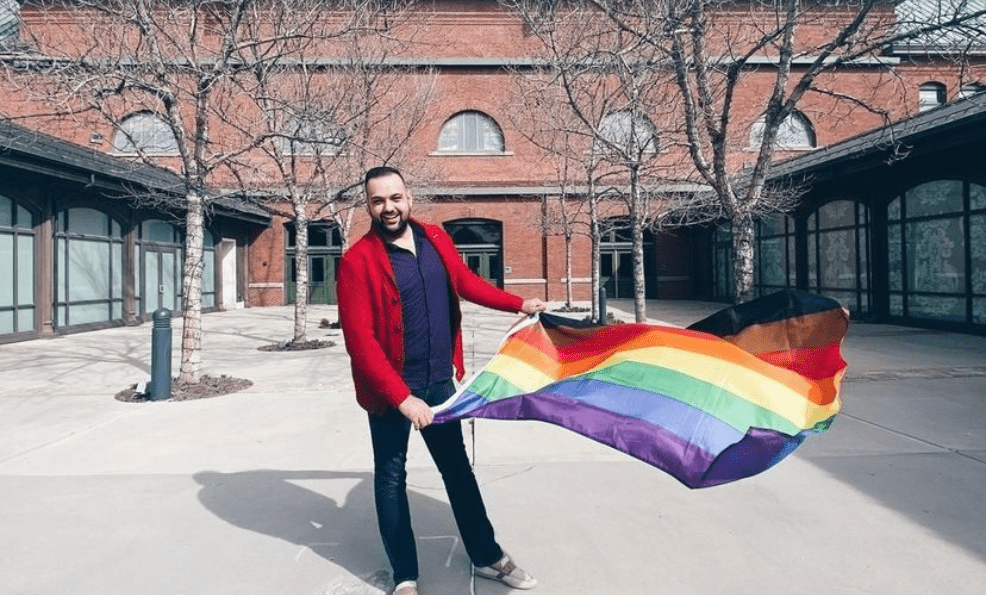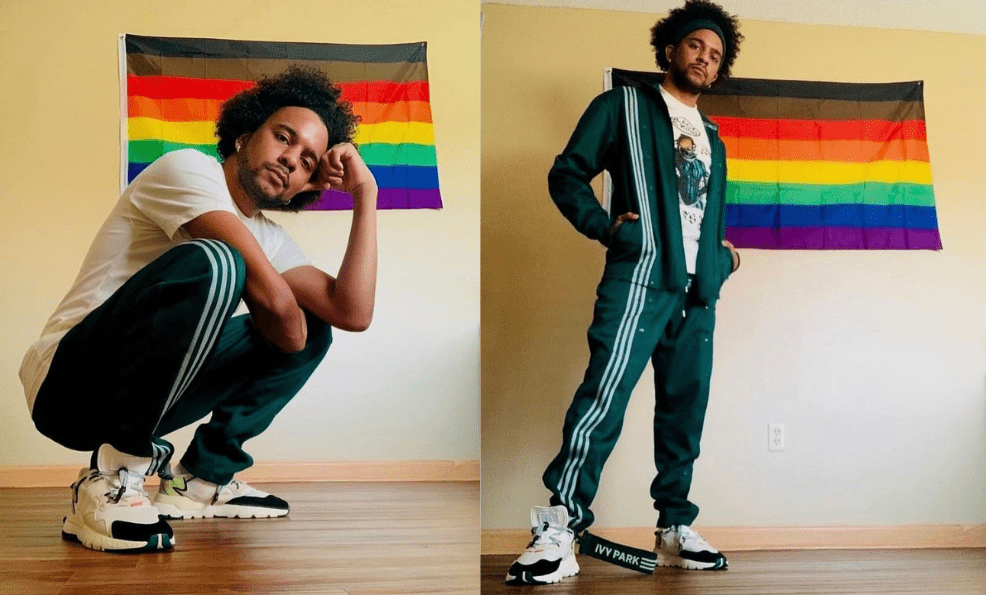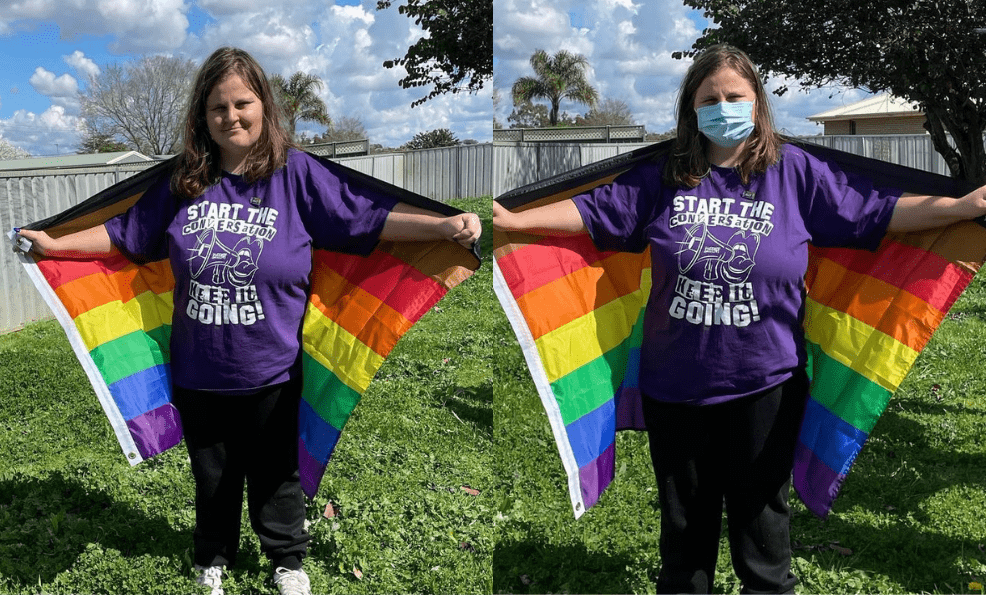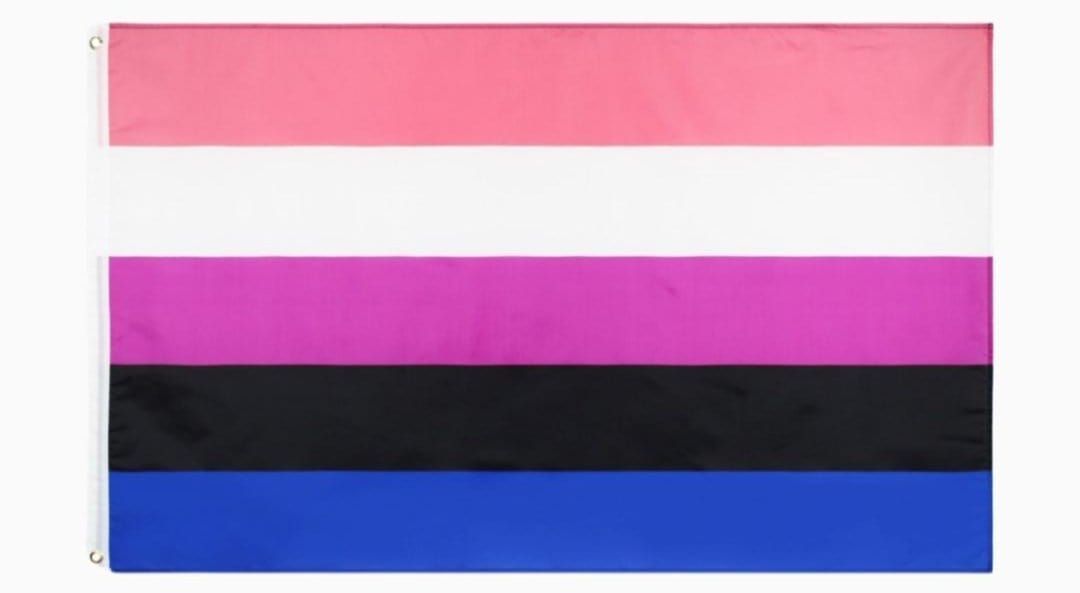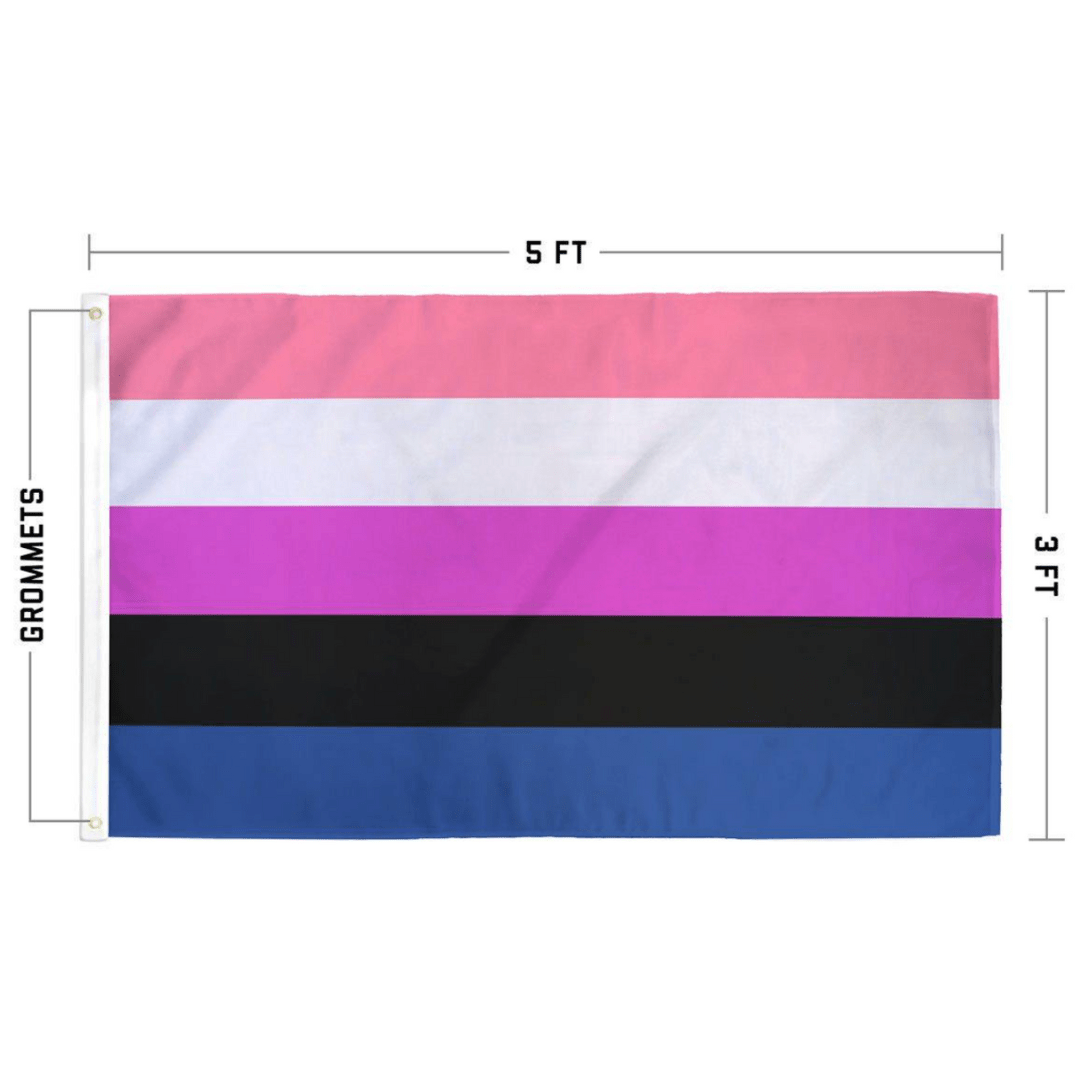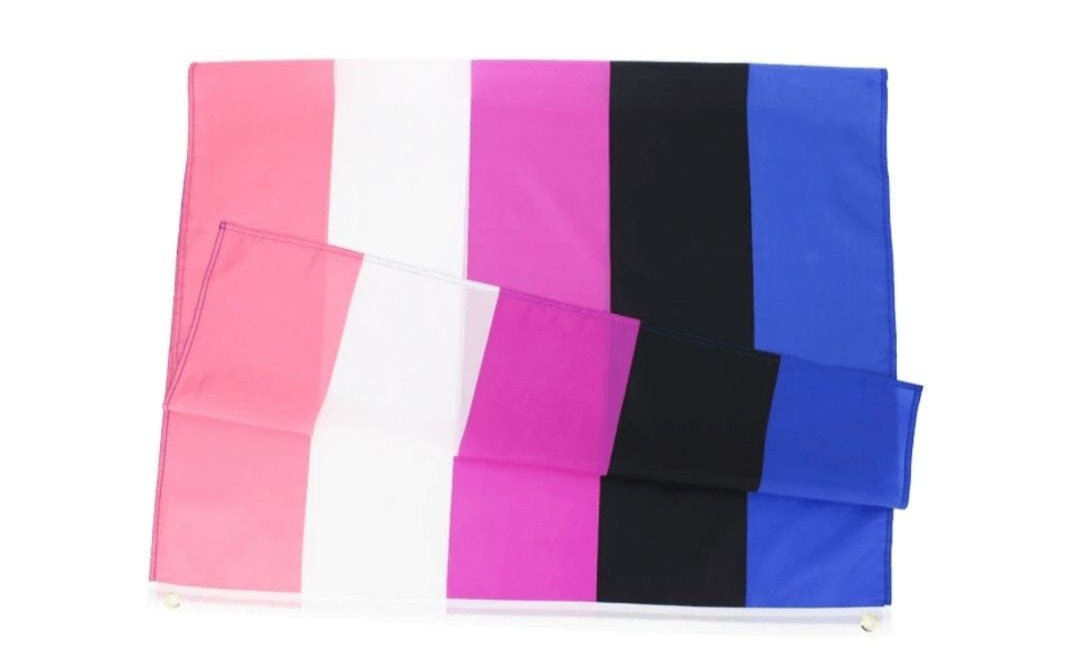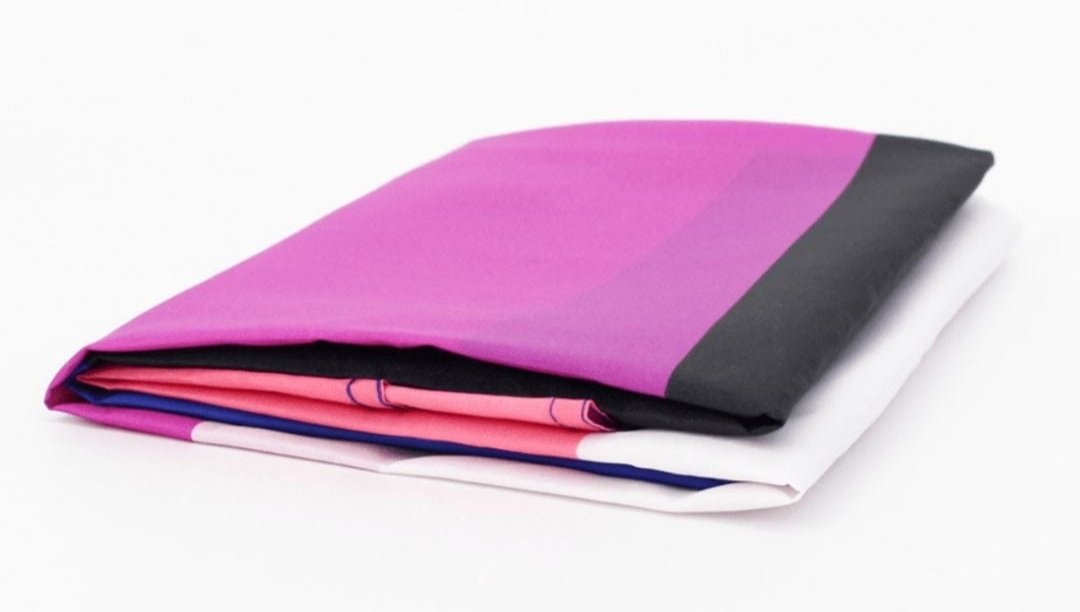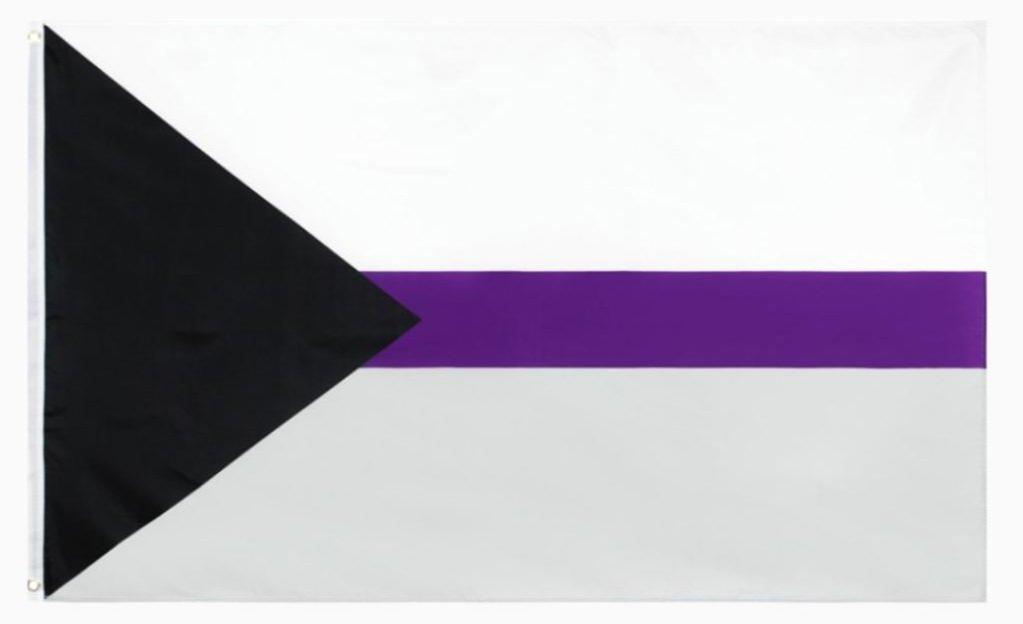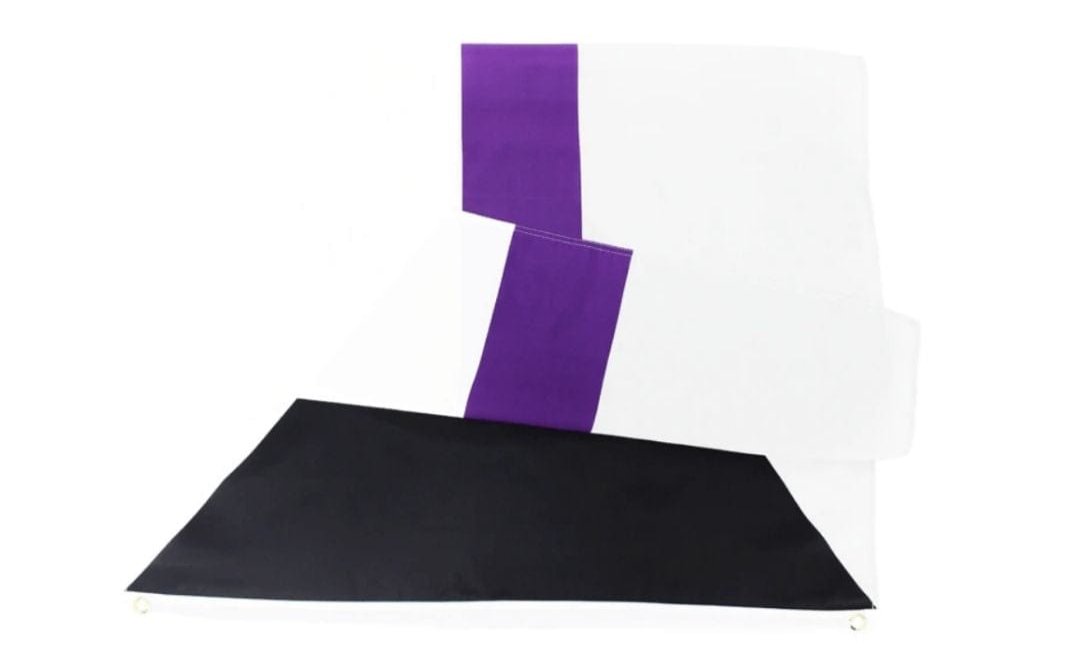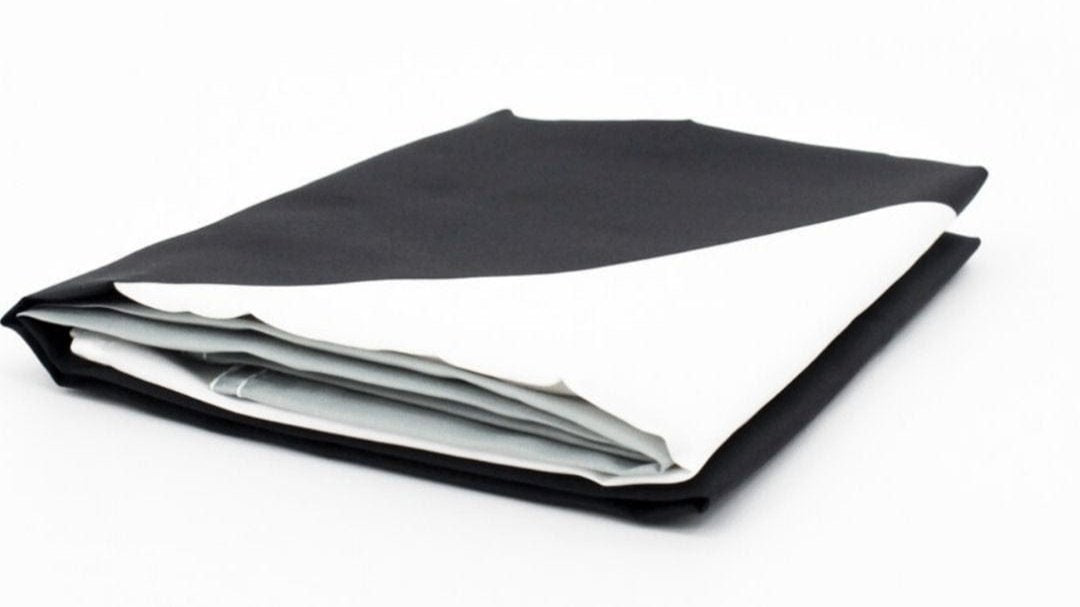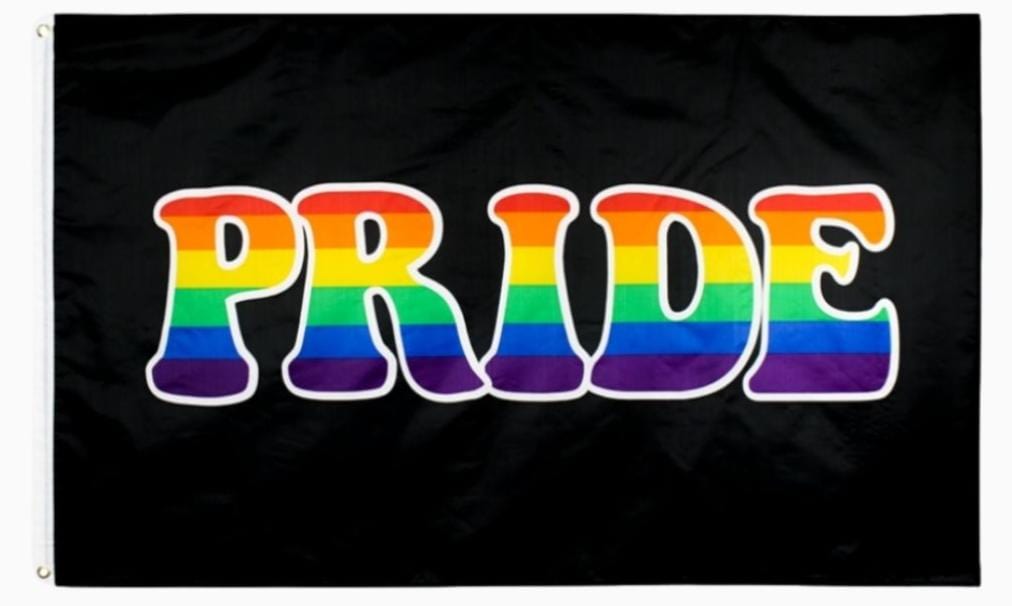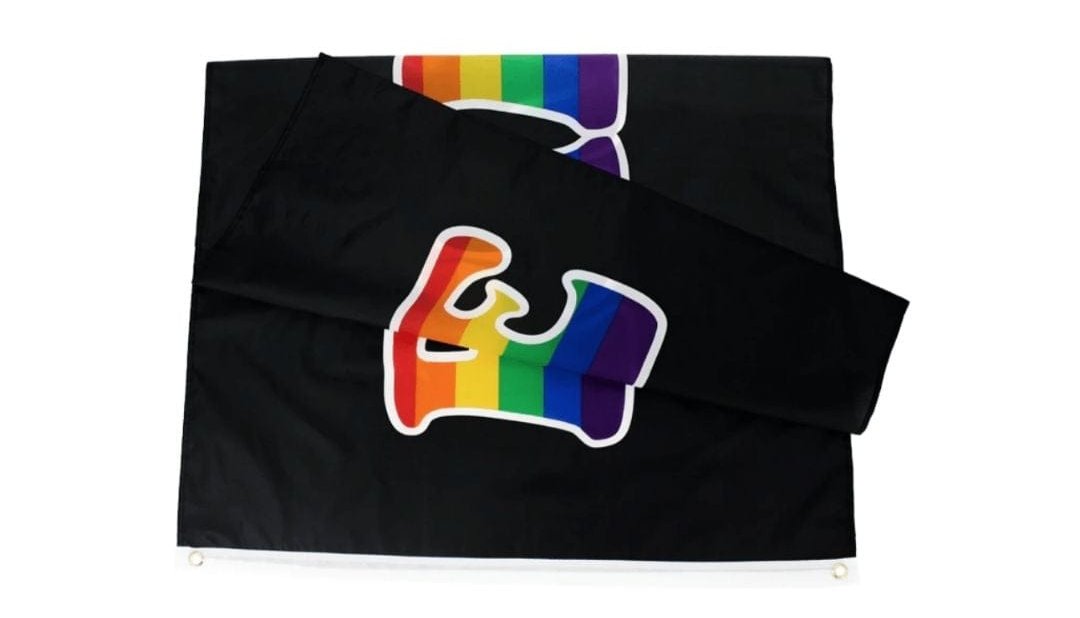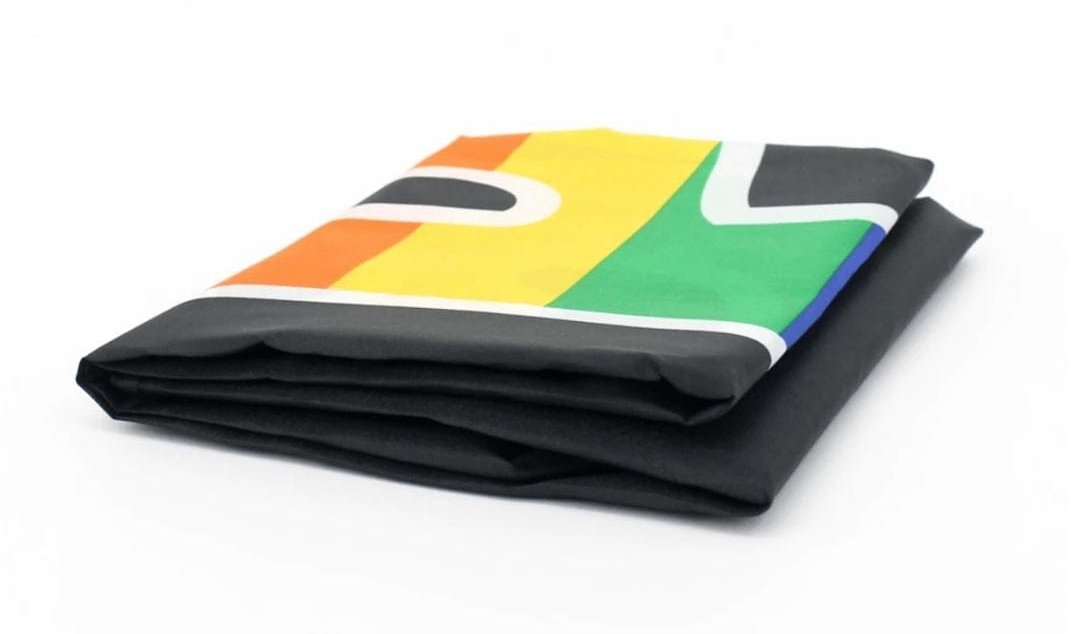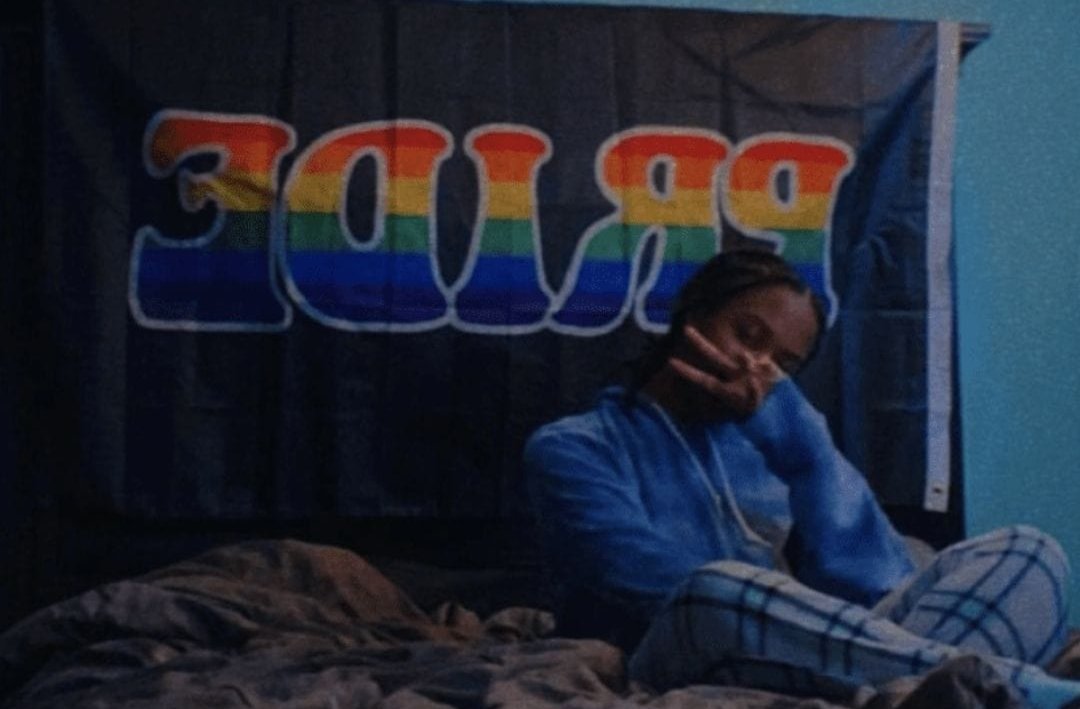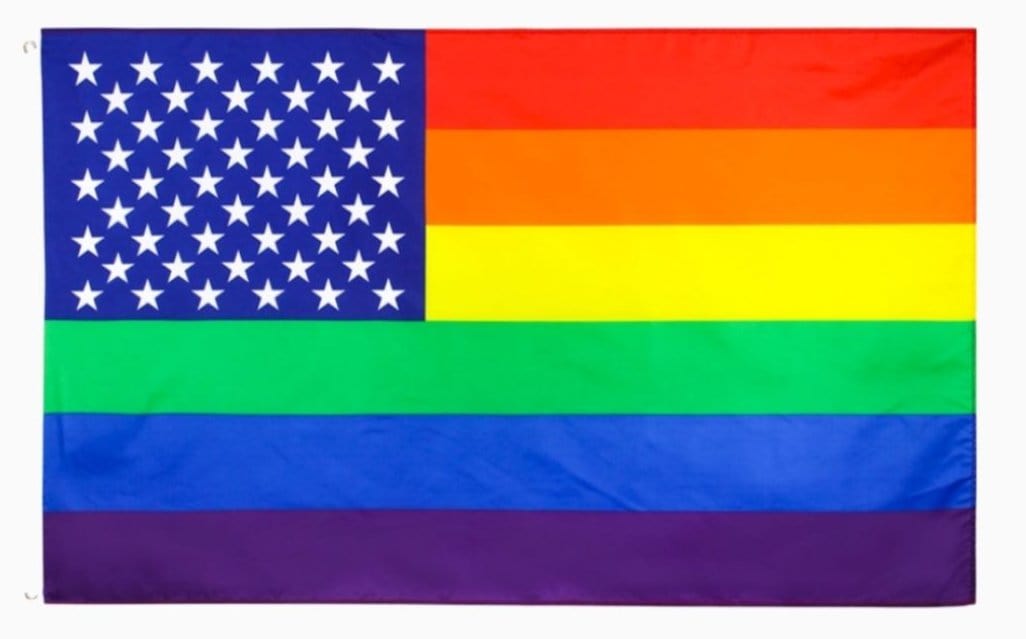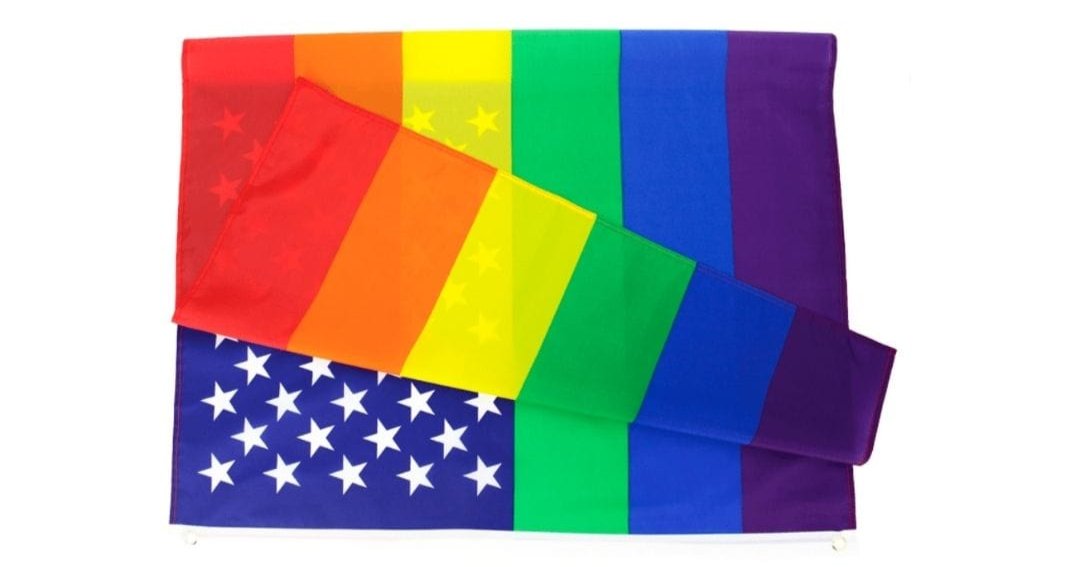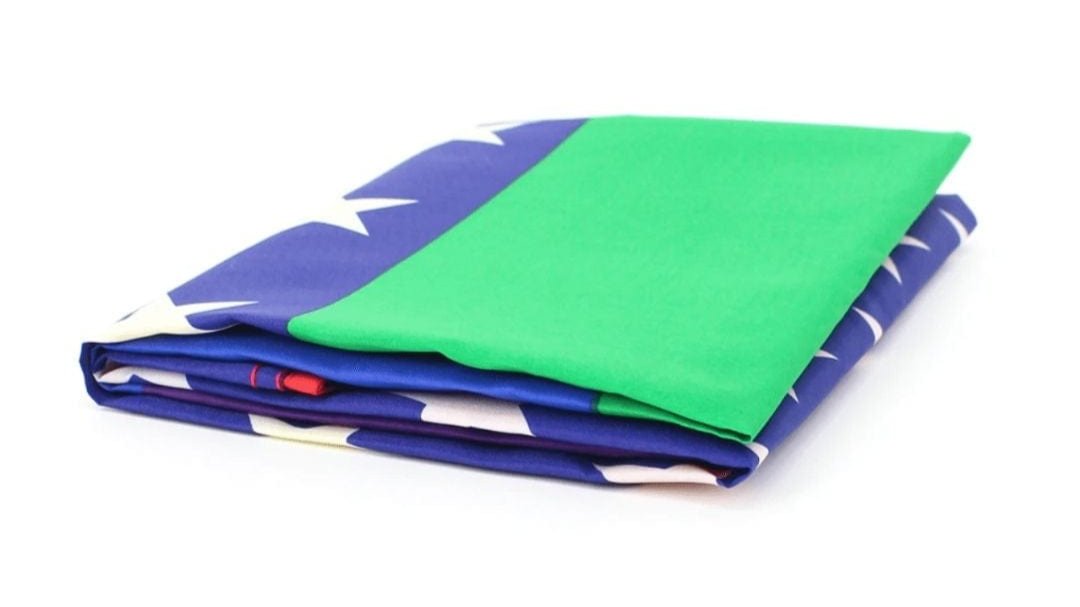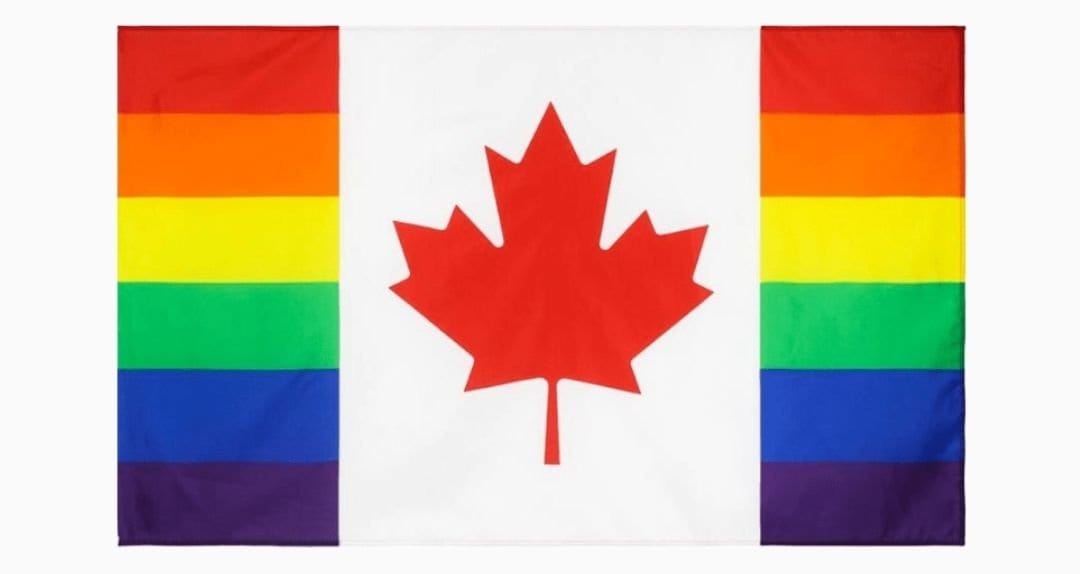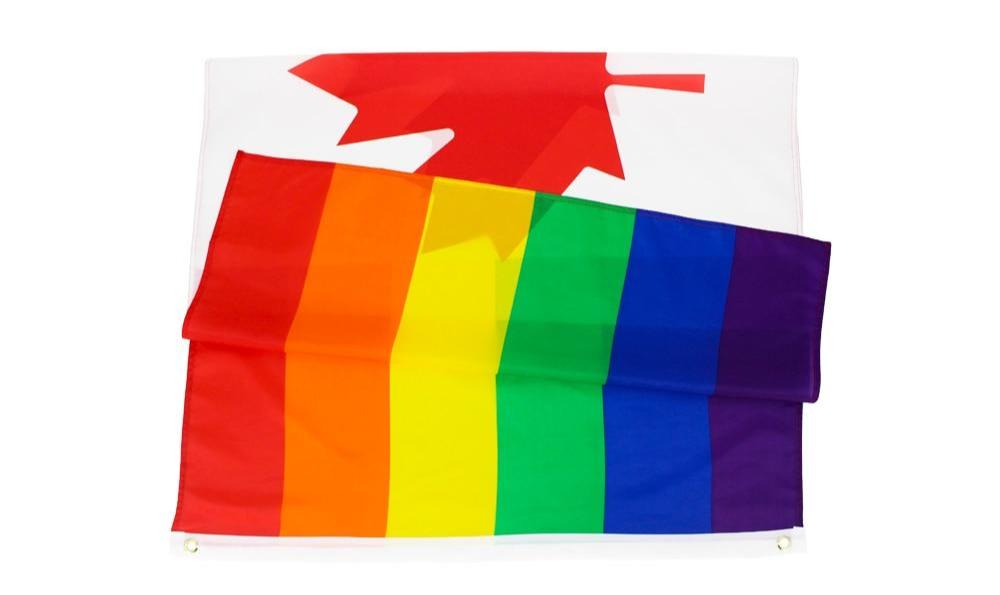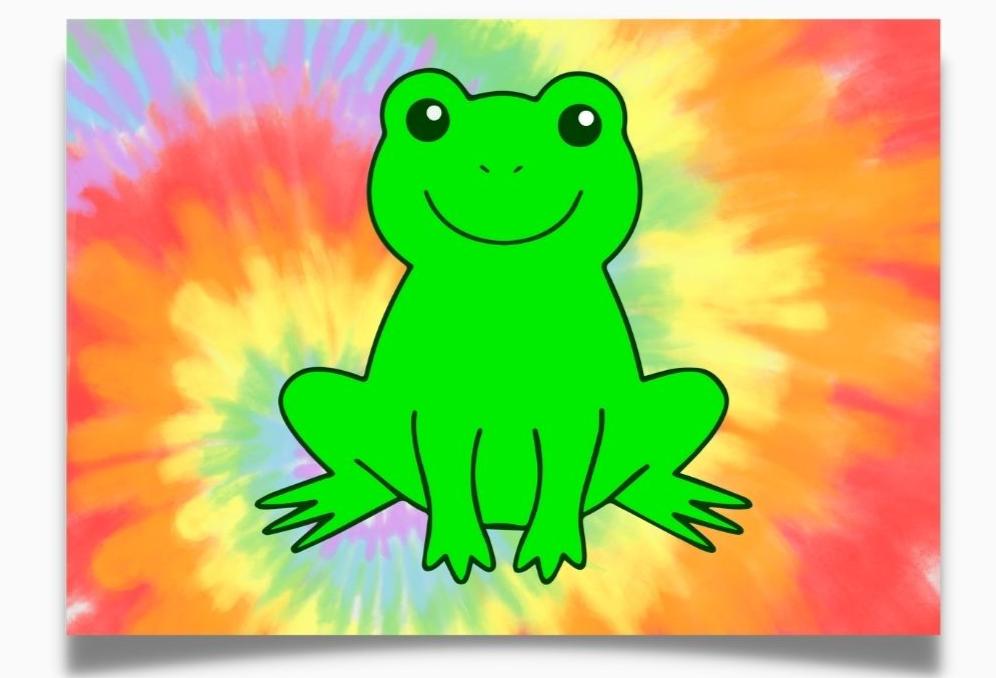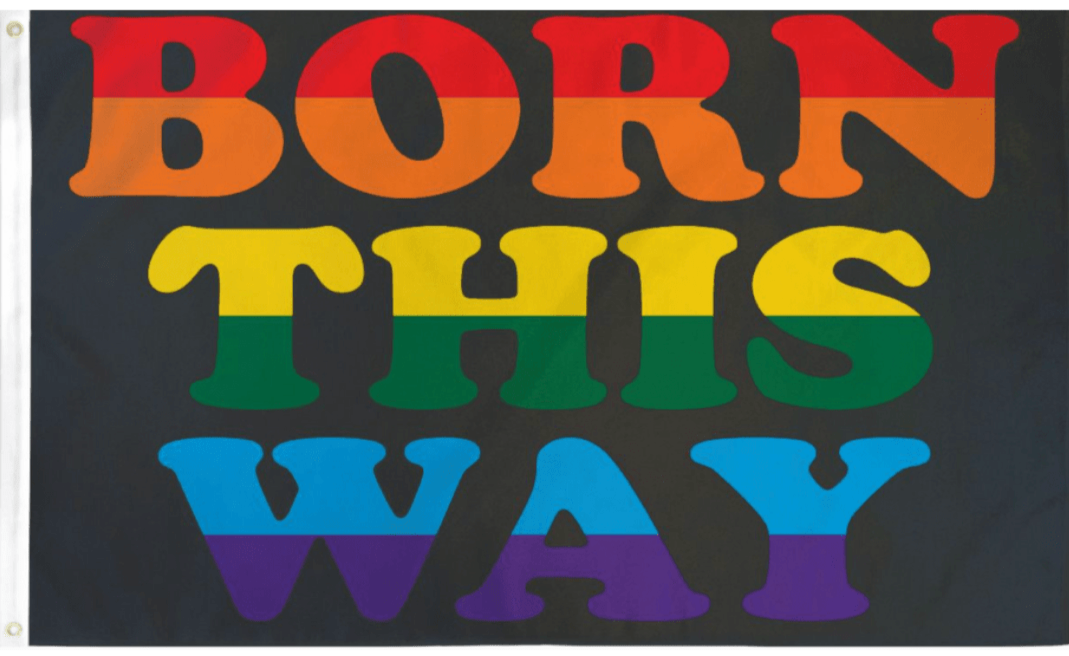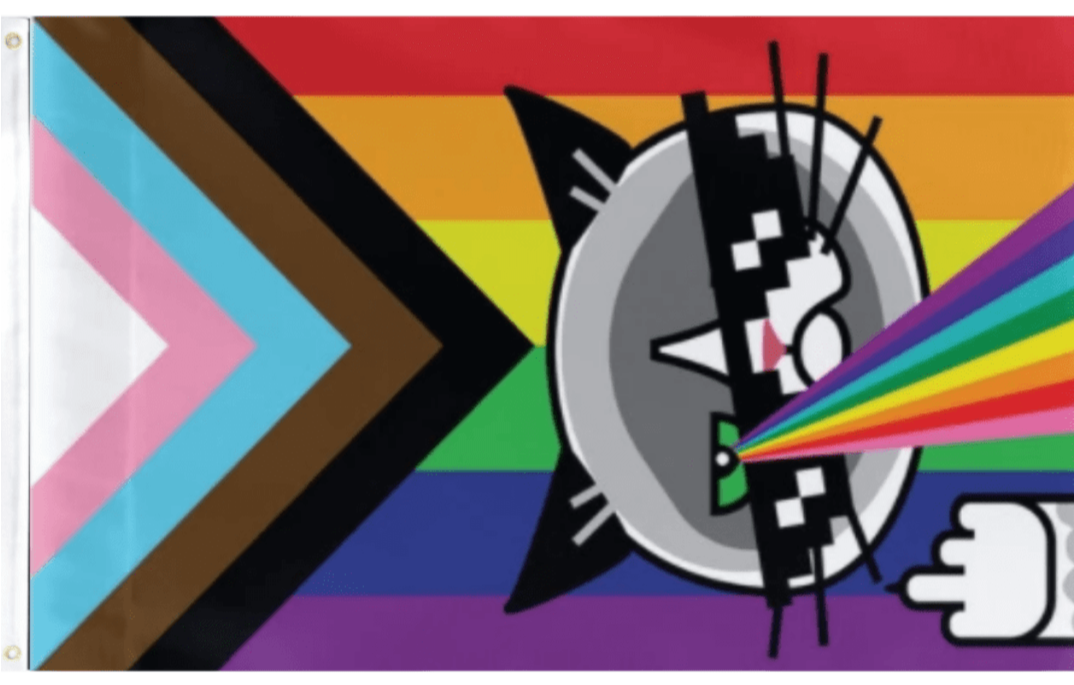Each June, cities around the world burst into color as millions of people march, dance, and celebrate under rainbow banners. But Pride parades didn’t start as festivals—they began as bold acts of resistance. To honor our roots and understand how far we’ve come, let’s trace the evolution of the Pride parade from its origins in 1970 to the global phenomenon it is today.
⚡️ 1. Stonewall Uprising: The Catalyst
On June 28, 1969, police raided the Stonewall Inn in New York City’s Greenwich Village. Tired of nightly harassment, patrons—many of them trans women, drag queens, lesbians, and queer youth—fought back. Over the next several days, spontaneous protests drew hundreds into the streets. Stonewall was more than a riot; it ignited a movement for LGBTQ+ rights worldwide.
This act of defiance laid the foundation for what would become the modern Pride parade—a public declaration that “we are here, we are queer, and we will not be silenced.”
📆 2. The First Christopher Street Liberation Day Marches (1970–1973)
One year after Stonewall, organizers like Brenda Howard rallied thousands for the first “Christopher Street Liberation Day” on June 28, 1970. In New York, Los Angeles, Chicago, and San Francisco, queer communities took to the streets in solidarity. These early marches blended protest and jubilation, demanding decriminalization, anti-discrimination laws, and the right to live openly.
Each city’s parade reflected local struggles—whether fighting red-neck violence in Chicago or securing police reform in San Francisco. Yet they shared a unifying spirit: visibility as liberation.
🌍 3. Pride Goes Global (1974–1989)
By the mid-1970s, Pride had crossed oceans. Toronto launched its first Pride in 1971; London and Berlin followed. In cities from Sydney to São Paulo, activists adapted Pride to local contexts—confronting colonial-era laws, state-sponsored homophobia, and cultural taboos.
Throughout the 1980s, the AIDS crisis deepened the urgency of Pride. Parades became memorials and marches of defiance, demanding government action, healthcare access, and compassion. Even as loss mounted, queer joy persisted: drag performances, street theater, and art reminded communities they were not alone.
✨ 4. Expansion, Commercialization & Critique (1990–2010)
In the 1990s and 2000s, Pride parades swelled into massive public festivals. Corporate sponsors added rainbow logos to ads and products; celebrities headlined stages. This visibility created mainstream acceptance—but also sparked controversy.
- Rainbow-washing: Brands celebrated Pride for profit while lobbying against LGBTQ+ rights.
- Exclusion of marginalized voices: Trans people, people of color, and sex workers sometimes found themselves pushed to the parade’s margins.
Activists responded with “Reclaim Pride” campaigns—urging that Pride remain protest as much as party, centering the most oppressed within our community.
🌐 5. Intersectional & Digital Pride (2011–Present)
Today’s Pride parades are more intersectional than ever, foregrounding Black trans leaders, indigenous Two-Spirit traditions, and queer immigrants of color. Virtual Pride experiences—born of the 2020 pandemic—blend livestreamed performances, interactive panels, and local gatherings.
Hybrid models ensure accessibility: closed captions, sensory-friendly zones, and quiet spaces. Pride isn’t just about visibility—it’s about safety and inclusion for all.
📣 Why Pride Parades Still Matter
Pride parades remain crucial because they:
- Demand rights where anti-LGBTQ+ laws still threaten lives
- Build community and counter isolation
- Celebrate joy as a form of resistance—because queer joy is revolutionary
- Educate allies and challenge prejudice in real time
Living Pride Every Day
Though the parades peak in June, Pride is a year-round commitment. You can honor the legacy of Stonewall by:
- Supporting LGBTQ+ businesses and creators in your community
- Volunteering for or donating to queer-led organizations
- Educating yourself on intersectional struggles—and sharing resources like our LGBTQ Resource Roundup
- Speaking up against homophobia, transphobia, and erasure whenever you witness it
Pride parades remind us of our radical roots—but our work continues every day. When you live authentically, love freely, and stand up for justice, you carry the spirit of Stonewall forward.



